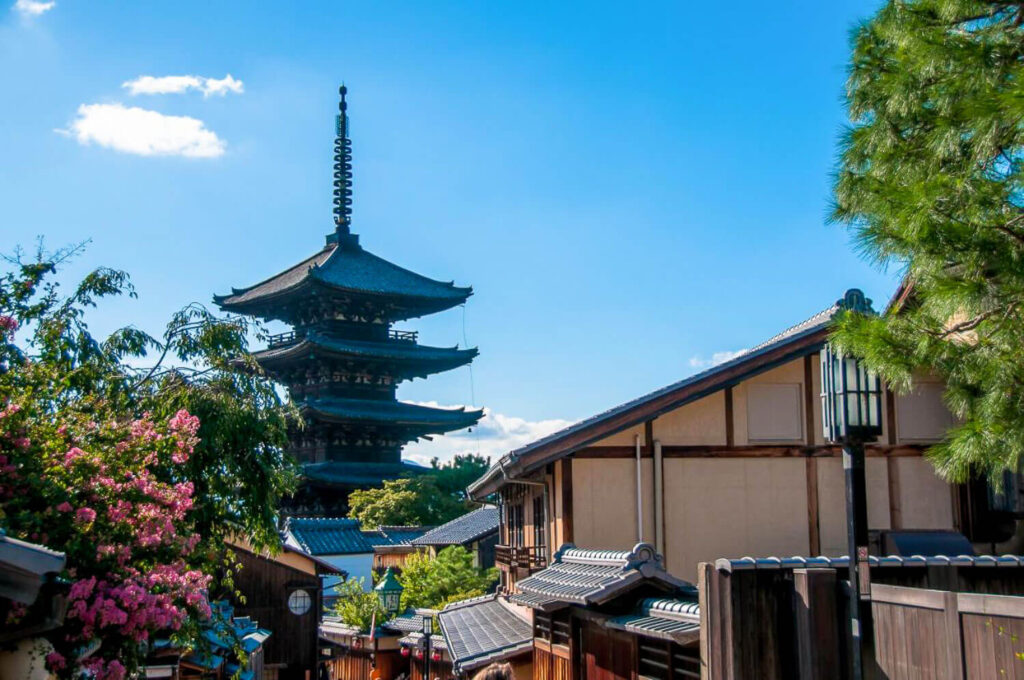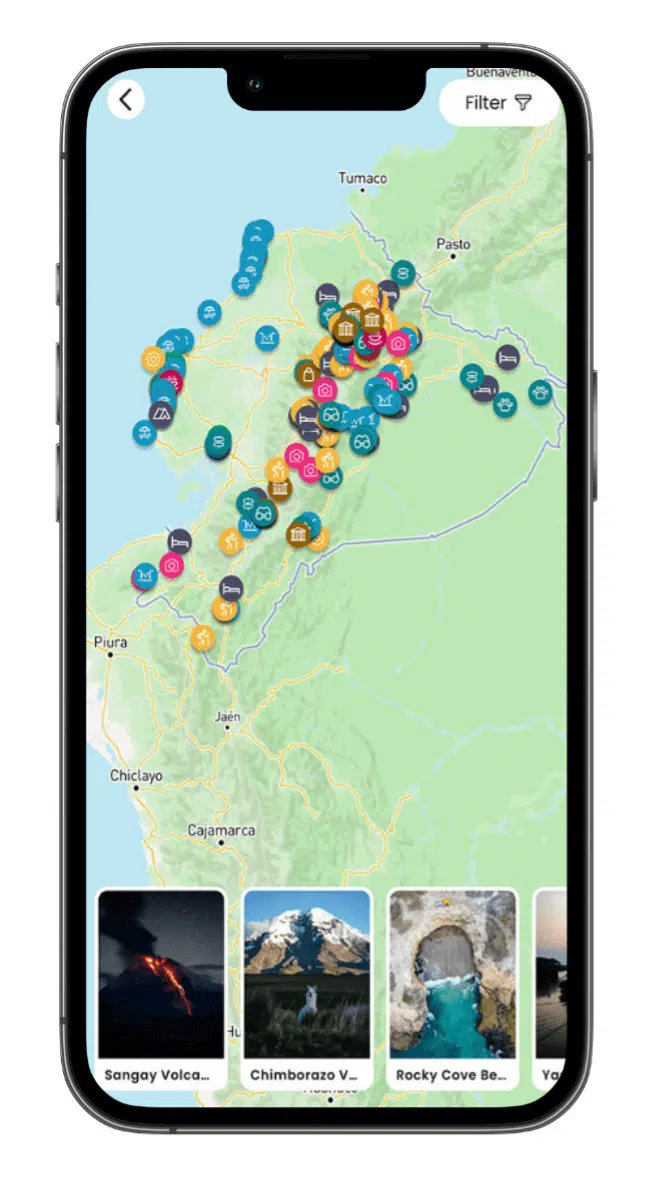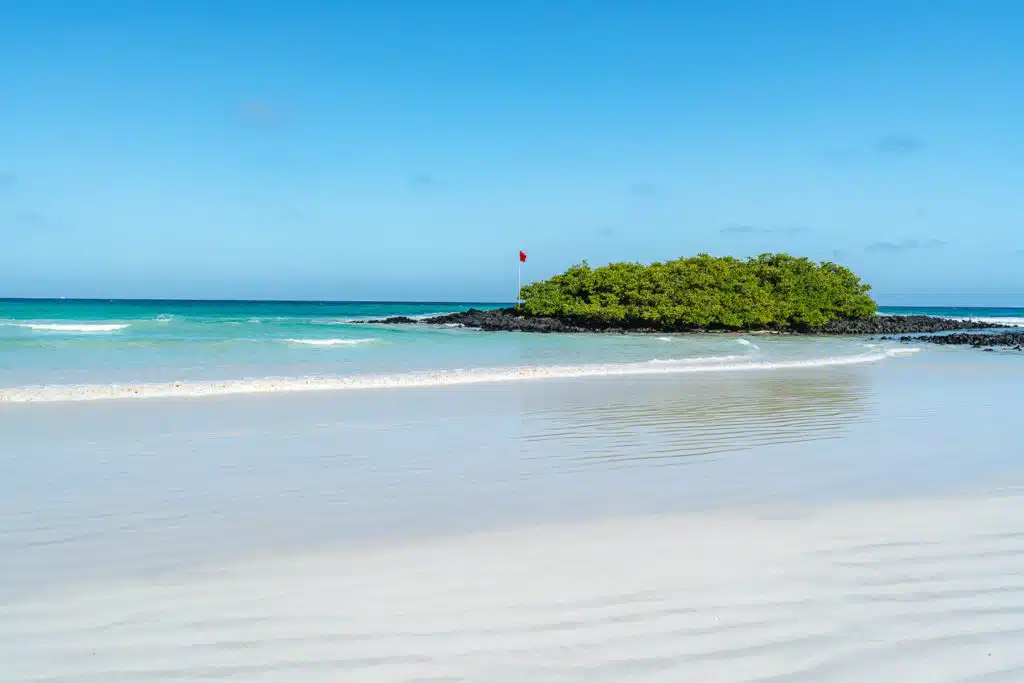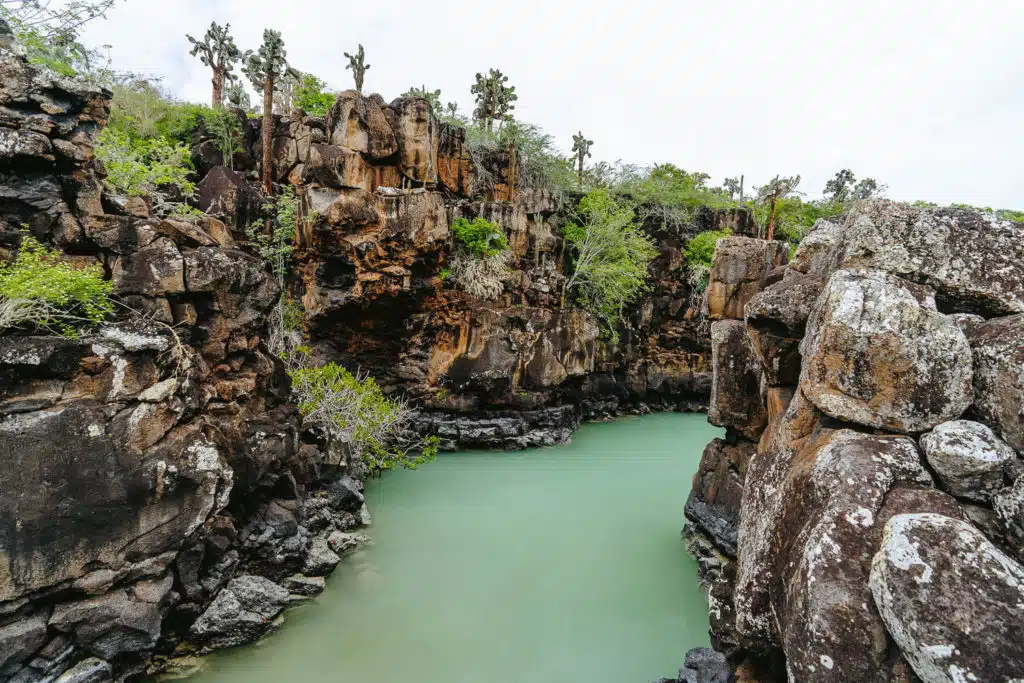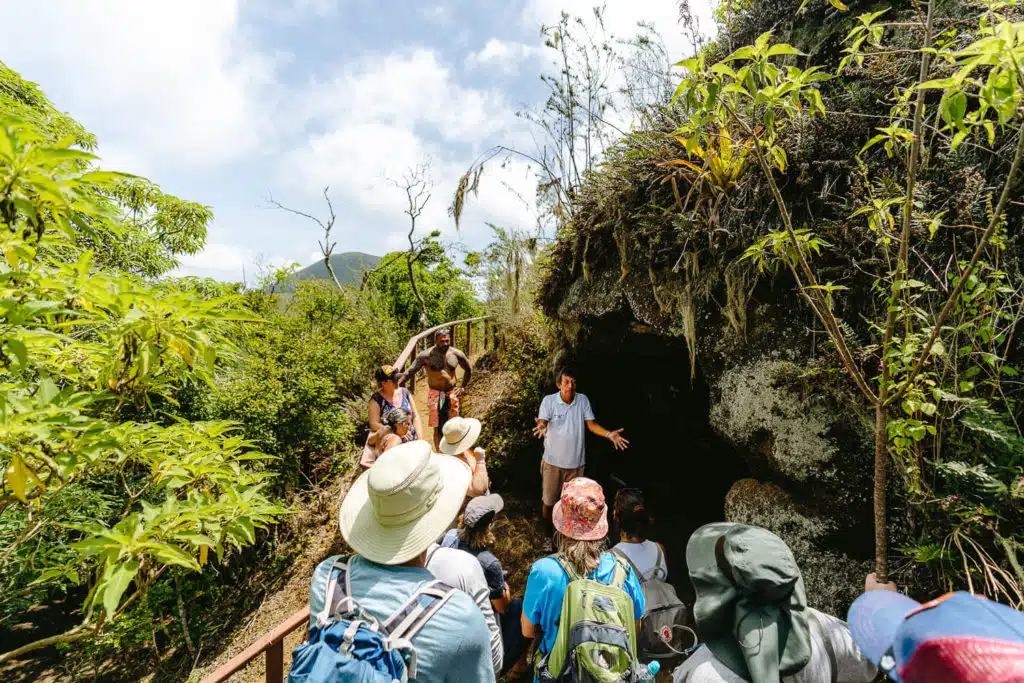Charles Darwin Research Station
In Santa Cruz, Galapagos
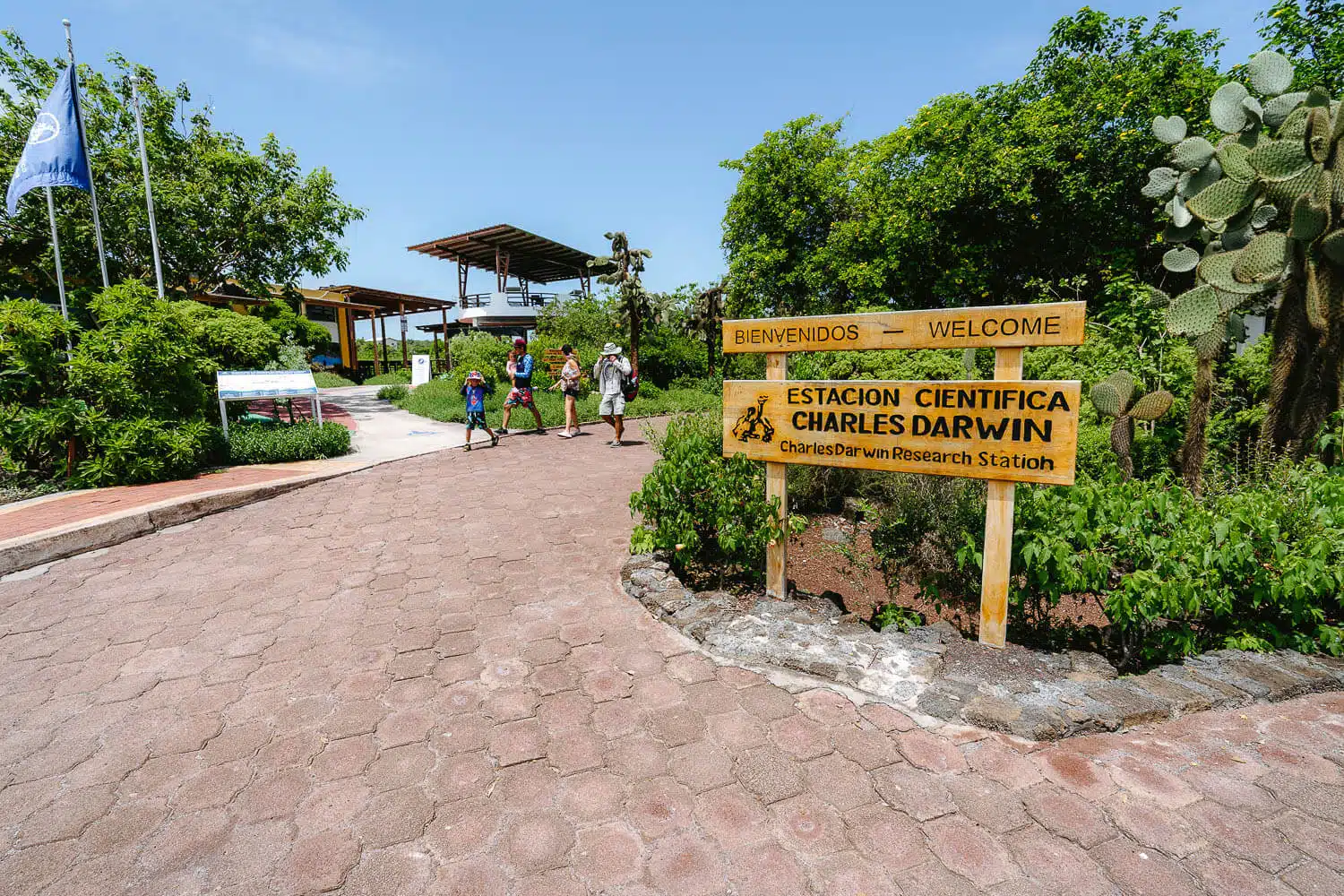
The Charles Darwin Research Station on Santa Cruz island is where all the science and main environmental projects on the Galapagos archipelago come from.
Here they study and develop techniques that help protect the unique species of these islands.
If you are a scientist, a student, or interested in the protection of this paradise you can volunteer here and help with a plethora of research tasks.
Underneath I leave you with a beautiful video that explains it better than I can.
Travel Guide, Itineraries, Map, Local Tips
Get access to my curated list of all the best viewpoints, hiking trails, secret waterfalls, diving spots, wildlife tours, accommodations, and more, that will make your trip to Ecuador and The Galapagos unforgettable.
All of this, in an interactive guide featuring a mobile-friendly map, pre-designed itineraries, all my favourite photos, and helpful travel tips to guide your journey in this amazing unexplored country.
If you want personalized advice write me in-app and we can plan it together.

Charles Darwin Research Station: General Details
To visit the Research Station is gratis, the only place you need to pay is at the breeding center, as you need a Naturalist guide to guide you through the area and it costs 10$ USD.
Apart from that, you can walk around and visit everything for free. There is an exhibition hall with a whale fossil inside and many other interesting facts.
You have the chance to see embalmed Lonesome George, he was the oldest specimen of his giant tortoise kind and unfortunately died in 2012.
You can see many different types of Galapagos endemic flora and some information about Charles Darwin.
There is also a cafeteria, bathrooms, and a public library.
Charles Darwin Research Station: Technical Details
- Tour Highlights: Giant tortoises Breeding Center, Lonesome George, Exhibition Hall, Darwin Statue, Station Beach, La Ratonera Beach.
- Tour Duration: Around 1-2 hours of duration.
- Tour Price: 10$ USD (only required for the tortoise breeding center visit. Guide included).
- Tour Agency/Guide: None.
- Exhibition hall opening hours: Monday through Sunday
8:00 to 12:30 and 14:30 to 17:30
For more official information about the Charles Darwin Research Station please head on to their website here: Charles Darwin Research Station Website.
How To Get to the Charles Darwin Research Station ?
The Charles Darwin Research Station stands at the outskirts of Puerto Ayora town in San Cristobal Island. To reach it, you can either walk, go by taxi or get a bike from your hotel, as I did.
You just go in the direction of the sea and once facing it turn left and continue for around 1 km. It should take you around 10-15 minutes to reach it.
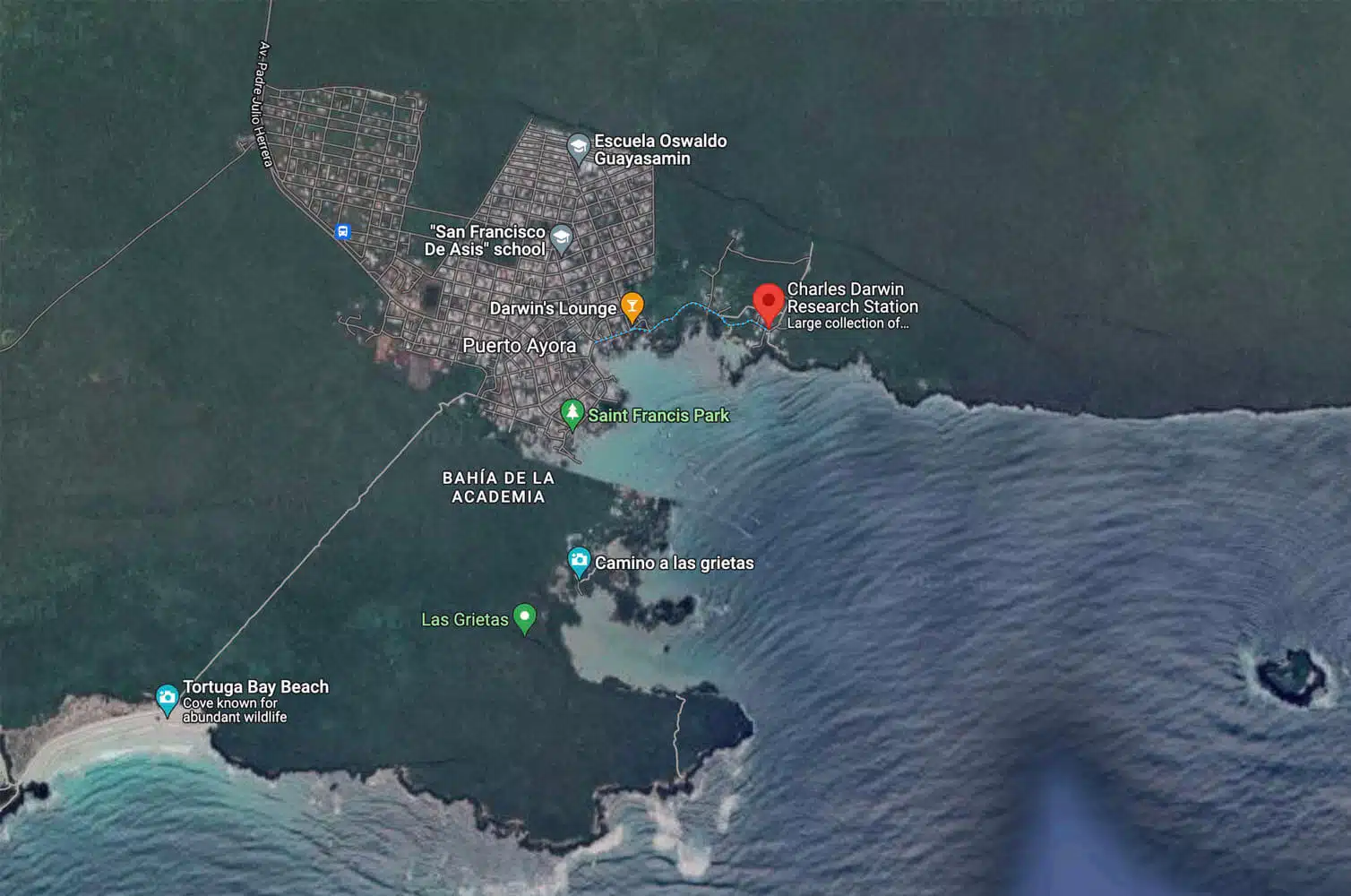
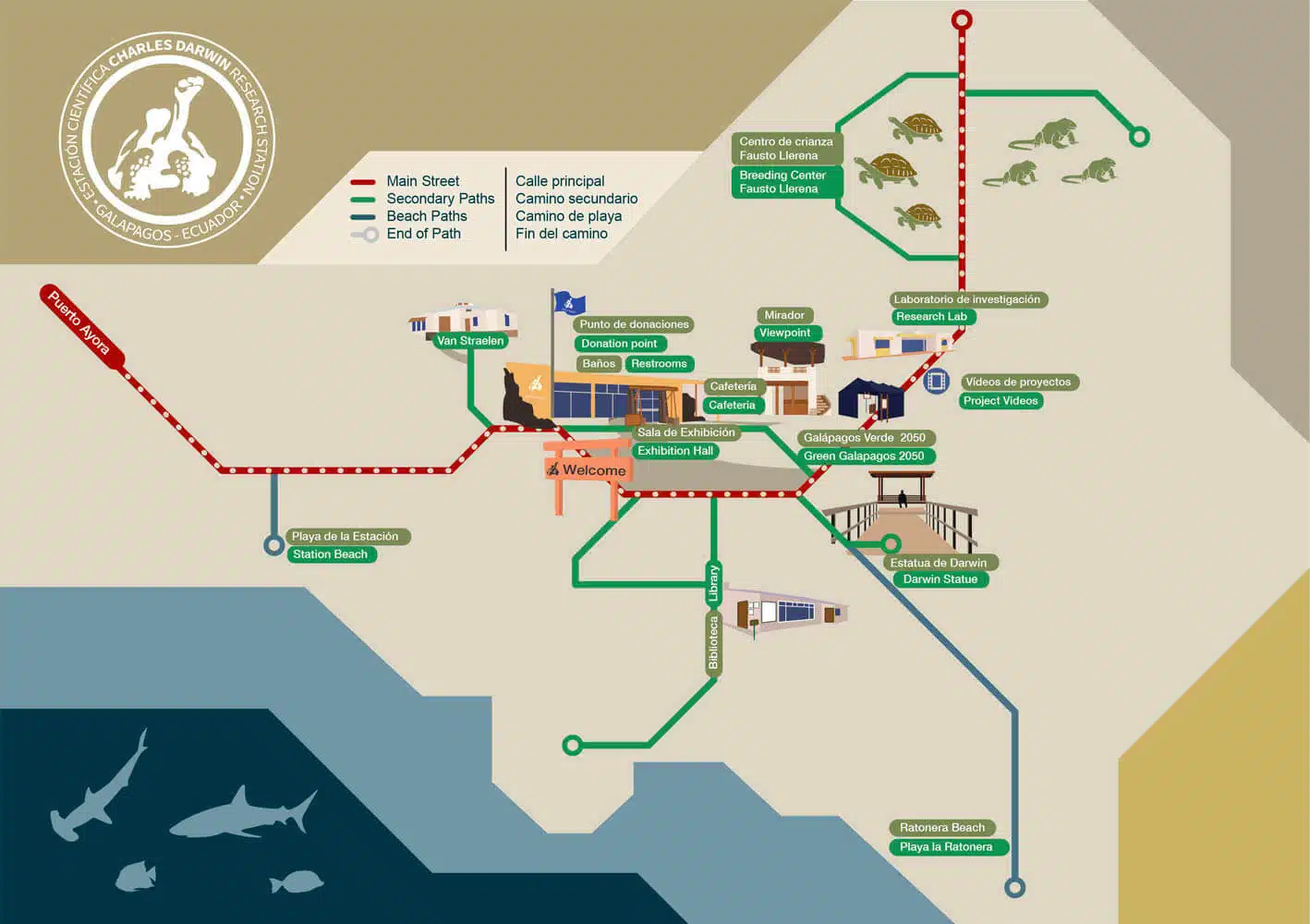
What to Bring to Charles Darwin Research Station?
Clothing & Accessories:
- Tshirt: Breathable Tshirt (Tech or Merino), or a Lycra
- Jacket: Waterproof Jacket
- Shorts: Shorts, and Swimming Clothes
- Shoes: Hiking Shoes, and Flip Flops
- Hat: Cap
- Sunglasses
- Dry-fast Towel
- Earth Pak Waterproof Dry Bag
- Change of Clothes
Useful Extras:
- GoPro/Camera
- Snorkeling Gear: Mask, Tube, and Fins
- Mosquito Repellent: The beaches on the Galapagos islands, especially at sunset, have a lot of mosquitos and usually also horseflies or “Tabanos” as they are called in Spanish and they are silent and leave you with a huge unpleasant swollen bite.
- Sunscreen +50 SPF
- Food / Snacks
- Thermos or Water-filtering Bottle
- First-Aid Kit
Check out my complete guide on What’s in My Backpack – From photography gear, and clothing for Hiking, Mountaineering, Scuba Diving, Rainforest, and City-Street Photography.
My Experience in Charles Darwin Research Station
I visited the Research Station right after arriving at Santa Cruz island. Left my luggage at the hotel, booked some tours for the next days, took a bike from my hotel, and cycled all the way to the station.
Once I got there I locked my bike at a bicycle parking they have at the entrance and started my visit.
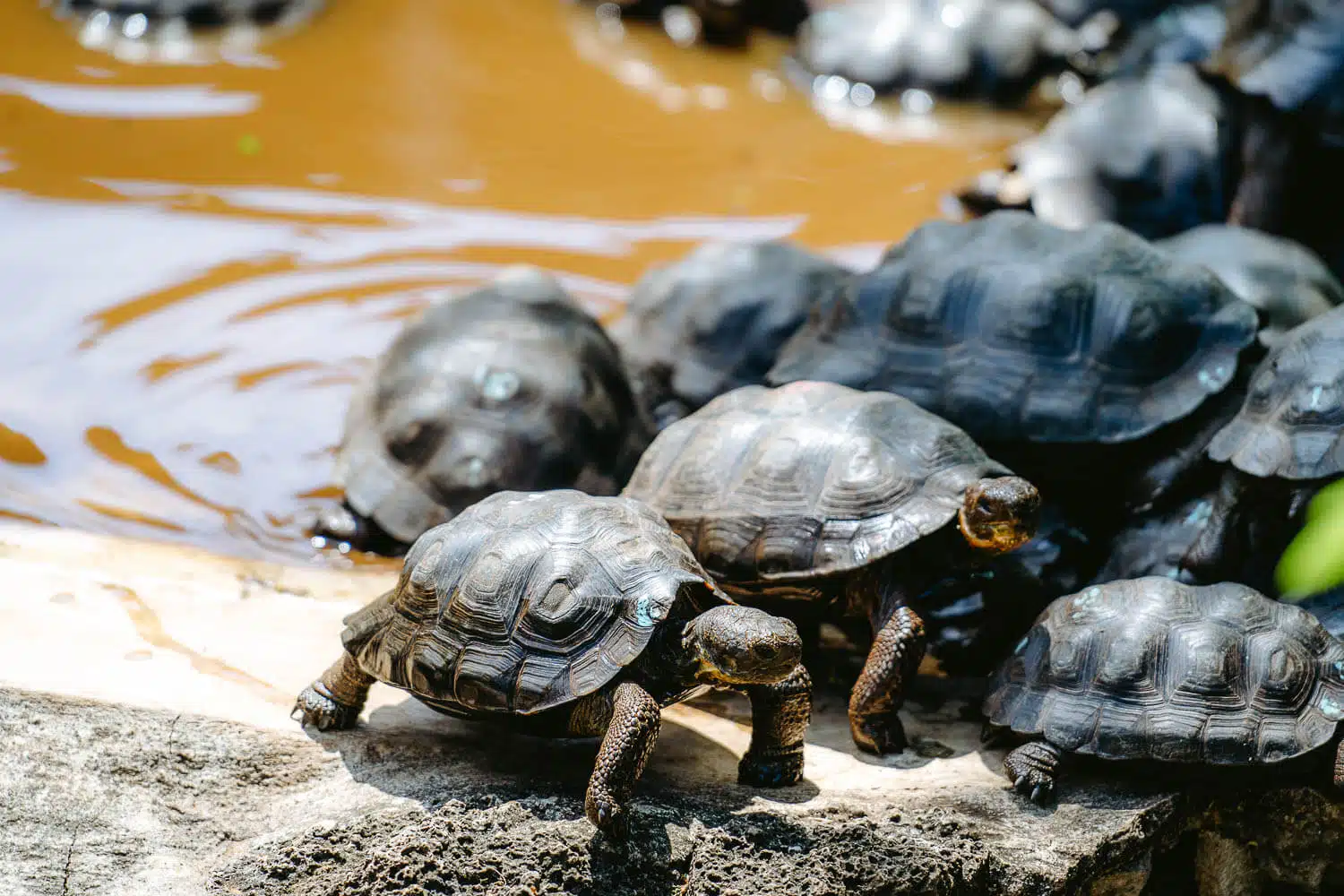
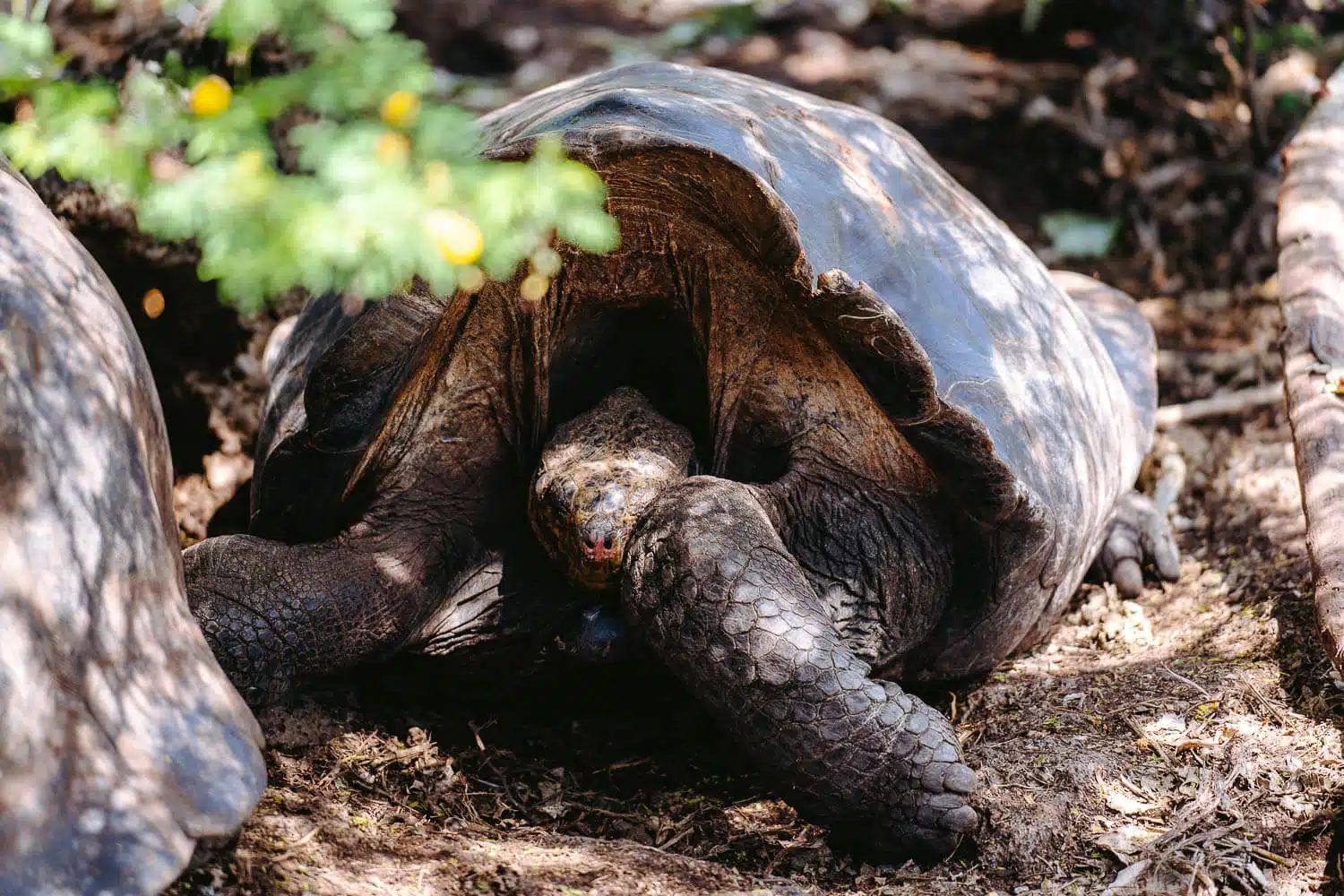
Visiting the Lonesome George and Breeding Center
After arriving at the entrance I understood that the exhibition hall was closed because it was lunchtime, so pay attention to the opening hours (i left them in the tour details section up there).
With that said I moved on to the little pavilion that has Lonesome George inside and had a wonderful moment where my guide, that was sitting on a bench inside just kept falling asleep at every sentence he said about Lonesome George.
To be fair it was 1 pm (probably he just had lunch), it was warm outside and the room was acclimatized so I can understand his situation.
In conclusion, Lonesome George was a giant tortoise found on Pinta Island in 1971 and was the last known individual of his subspecies. He was transported to Santa Cruz island the next year and lived there until 2012 when he eventually passed away.
They tried mating hm with other tortoises to keep the genome alive but failed multiple times.
He lived under the care of Fausto Llerena, a keeper, for 40 years.
“Lonesome George serves as an important symbol for conservation efforts in the Galapagos Islands, and throughout the world.”
Then I went on to visit some other little museums around the exhibition hall to better understand the work they did here and then I did the breeding center tour to see the beautiful species of this island.
The giant tortoises in the breeding station are saddleback ones, similar to Lonesome George.
There are two main species of giant tortoises from the Galapagos, the ones with huge necks and saddleback shells and the ones with short necks and dome-shaped shells.
Unfortunately, the main older tortoises were in the shade having a nap as it was too hot to be outside, so apart from Lonesome George I saw no moving tortoise with their neck fully extended. Try not to come at lunch time.
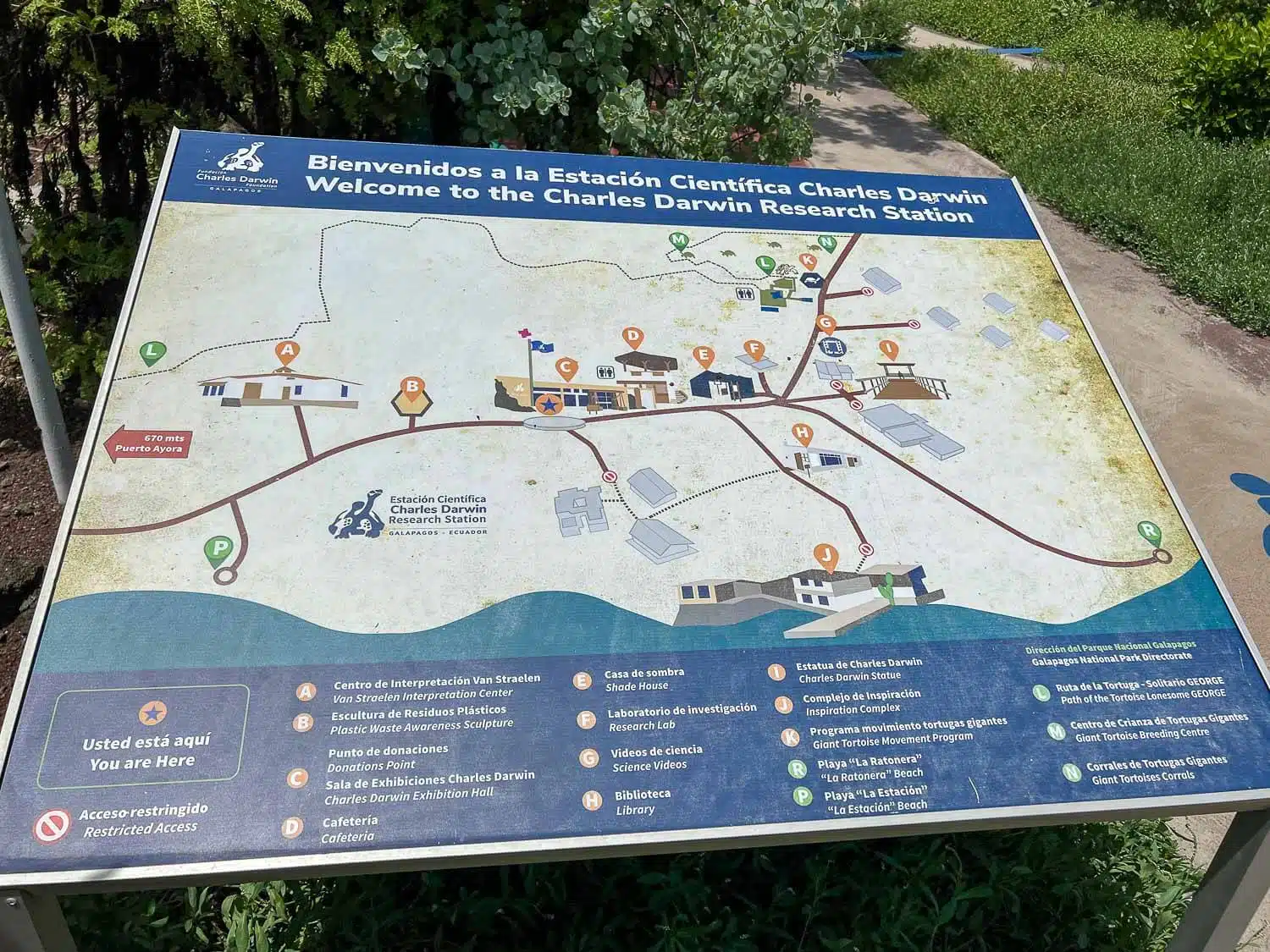
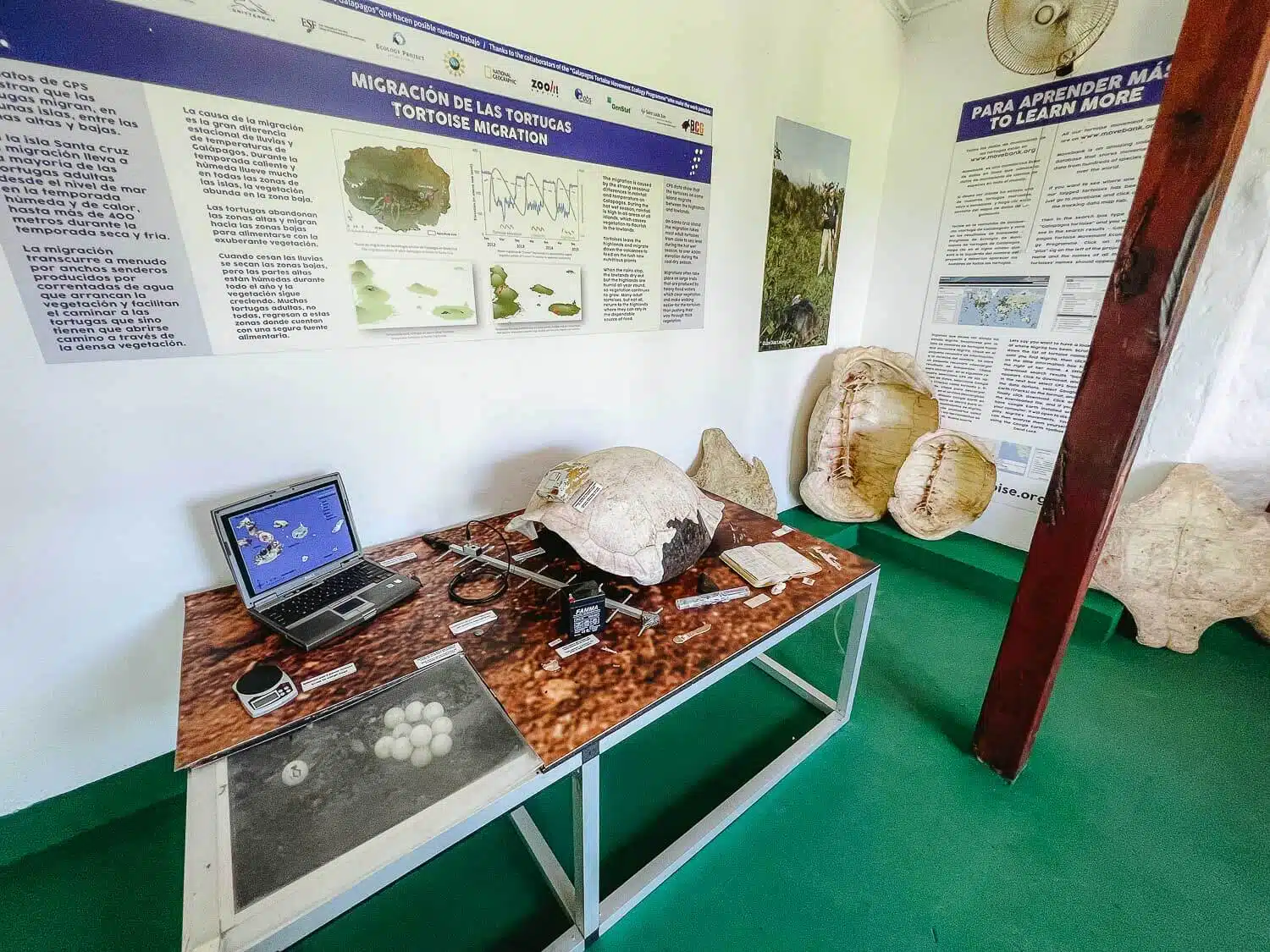
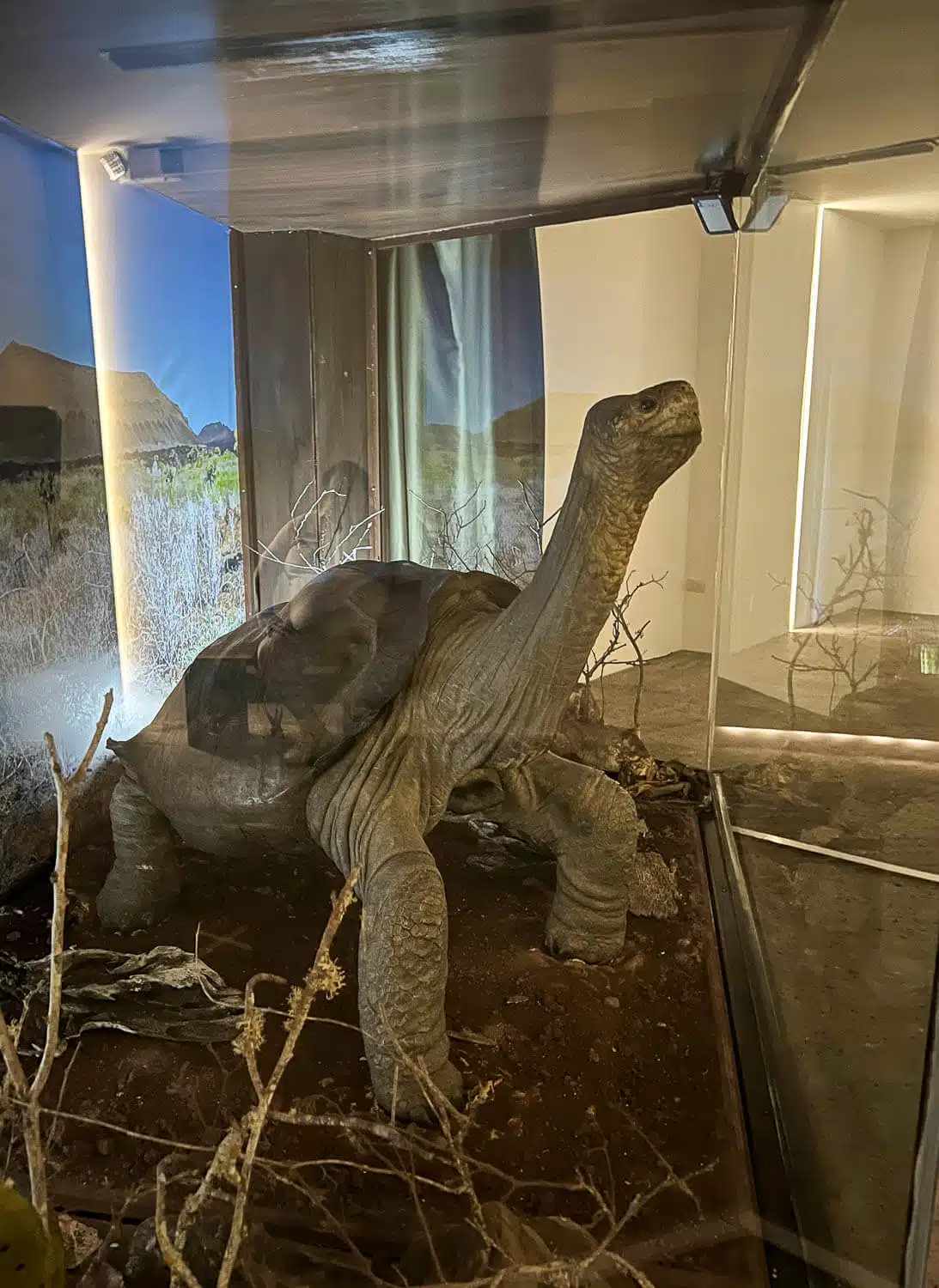
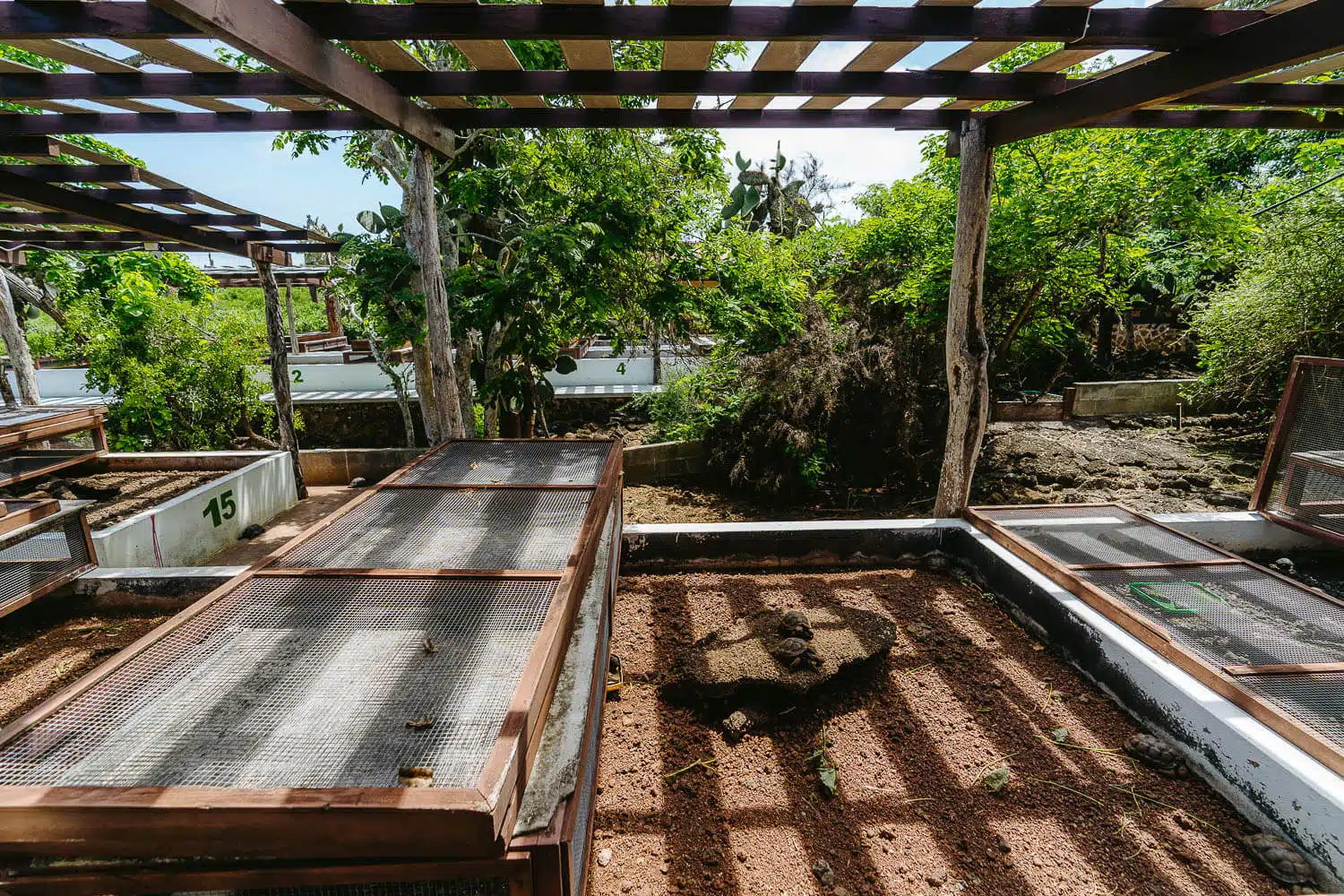
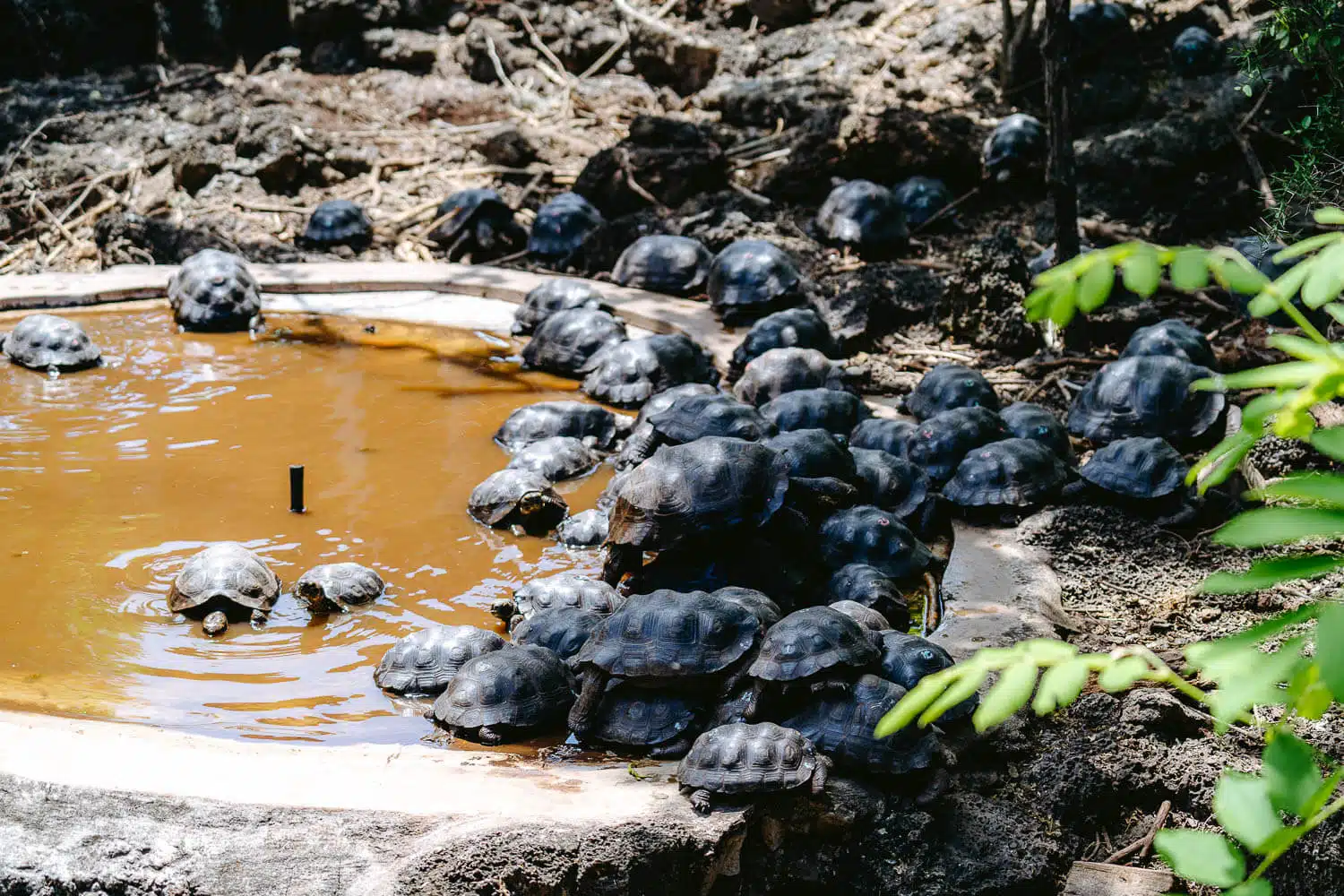
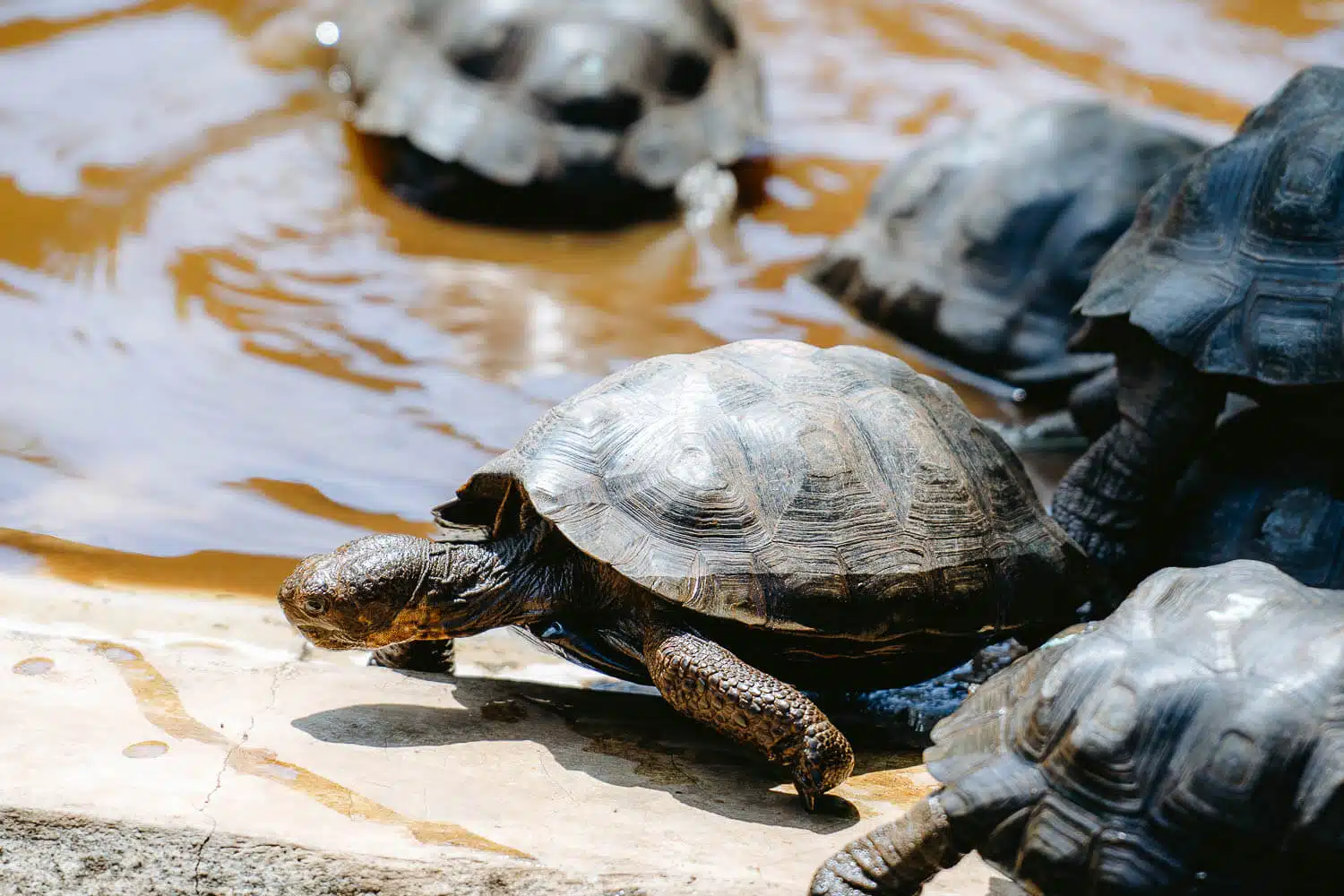
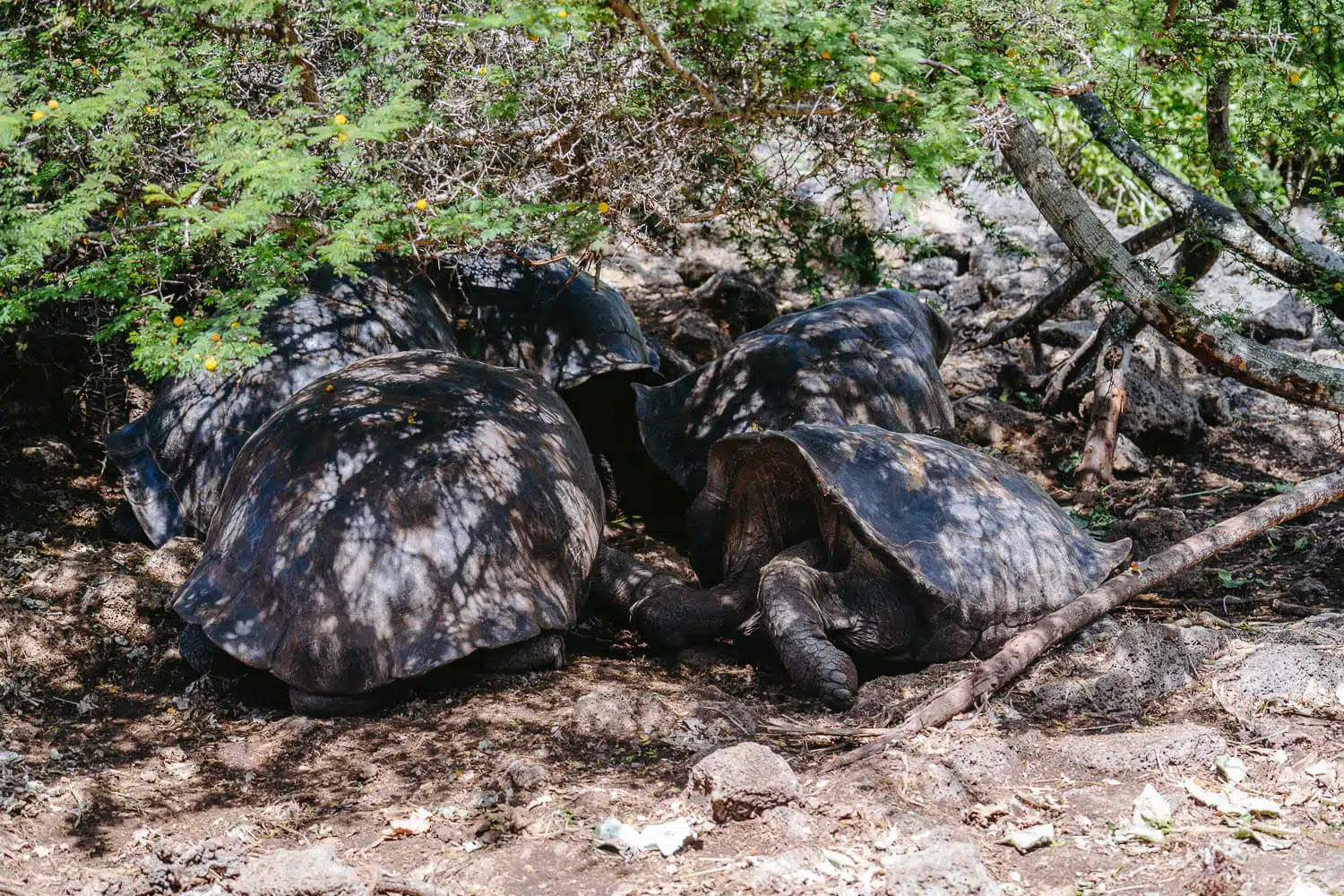
Who was Charles Darwin and why was he important to The Galapagos Islands and to The World?
Charles Robert Darwin (1809-1882), famously known as Charles Darwin was an English naturalist, geologist, and biologist, globally known for contributing to the understanding of evolutionary biology.
He was a 22-year-old young university graduate when he was invited by captain Robert FitzRoy to be his ship’s naturalist (expenses paid by Darwin’s father).
Together with his copy of the Personal Narrative from Alexander von Humboldt, (a book based on his 5-year nature expedition to South, Central, and North America), he went on an epic journey to investigate and collect information about the known natural world, acquiring, numerous species of plants and animals, especially in South America.
His five-year journey around the world on the HMS Beagle ship (1831-1836), led him to develop his yet world-known theory of evolution through natural selection.
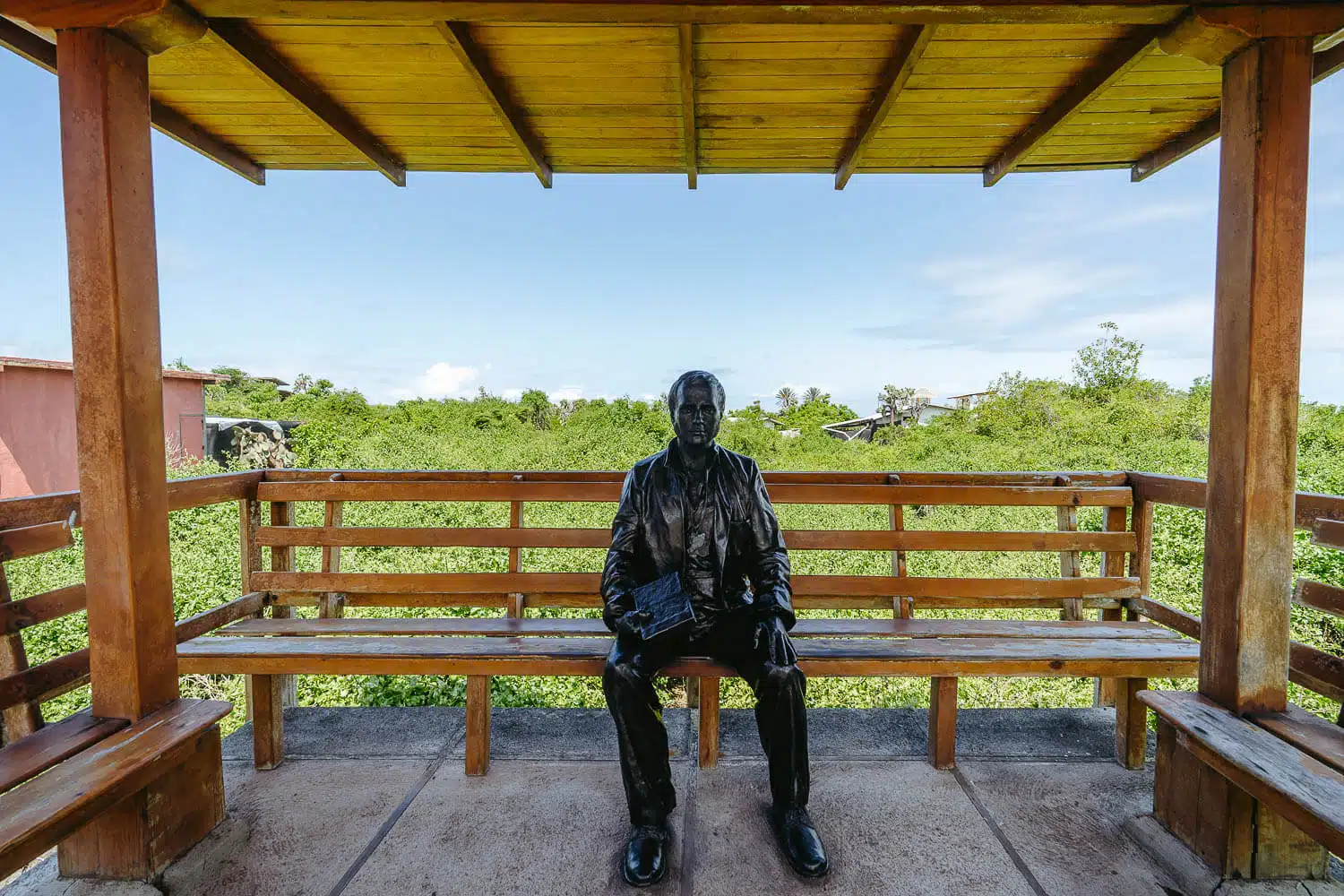
His collections and findings in the Galapagos helped him write his most famous book On the Origin of Species (1859), which despite being provocative ended up influencing the world on the importance of protecting and conserving nature.
In 1936, in order to preserve this outstanding archipelago and its endemic species, so in danger and threatened for ages by piracy and different colonisations, the government of Ecuador declared the Galapagos Islands a national reserve and established a national Scientific Commission to design strategies for the conservation of the islands.
In recognition of its importance, the islands were designated a Natural World Heritage site in 1976, a UNESCO Biosphere Reserve in 1984, and a Ramsar Site in 2001.
Darwin’s discovery of the evolution of the species will always be associated with the naturalist spirit of his time, which slowly began to trace the ideals on which today many naturalists and advocates of nature are based. For this reason and for having raised the awareness of the World about the Galapagos, Darwin will always be regarded as the most important personality of the archipelago.
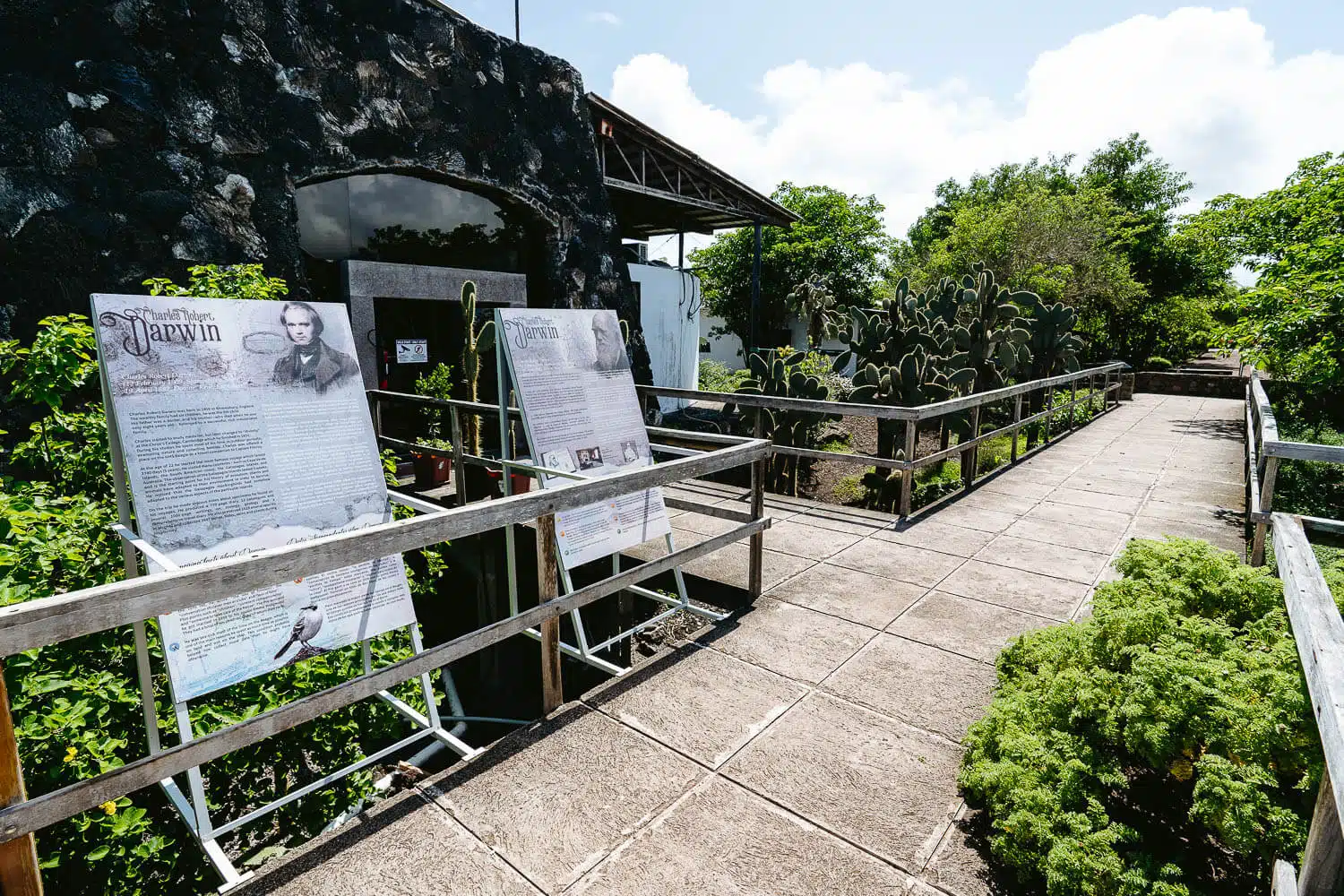
Enjoying The Station and La Ratonera Beaches
After wandering around the Charles Darwin statue I went on to the beaches. There are two main beaches Station Beach and La Ratonera Beach.
Both have lots of rocks and little sand next to the water.
There weren’t many people there so it’s a place to consider spending the day in and you can also easily park your bike at the entrance.
You could see a couple of marine iguanas disguised as rocks and they looked quite nice.
Unfortunately, I had the Highlands Tour in half an hour so I had to cycle my way back to the hotel and couldn’t enjoy them much.
And that’s about it, there is a certain amount of information on the Charles Darwin Research Station and you can see some giant tortoises but this place is mainly a research station where they develop sustainability and conservancy projects.
If you’re thinking you’re going to an amazing museum think twice. It’s nevertheless a great place to have an overview of the flora and fauna on the Galapagos Islands.
If you’re trying to find a place to do an internship or work in the environmental conservancy field, this is the place!
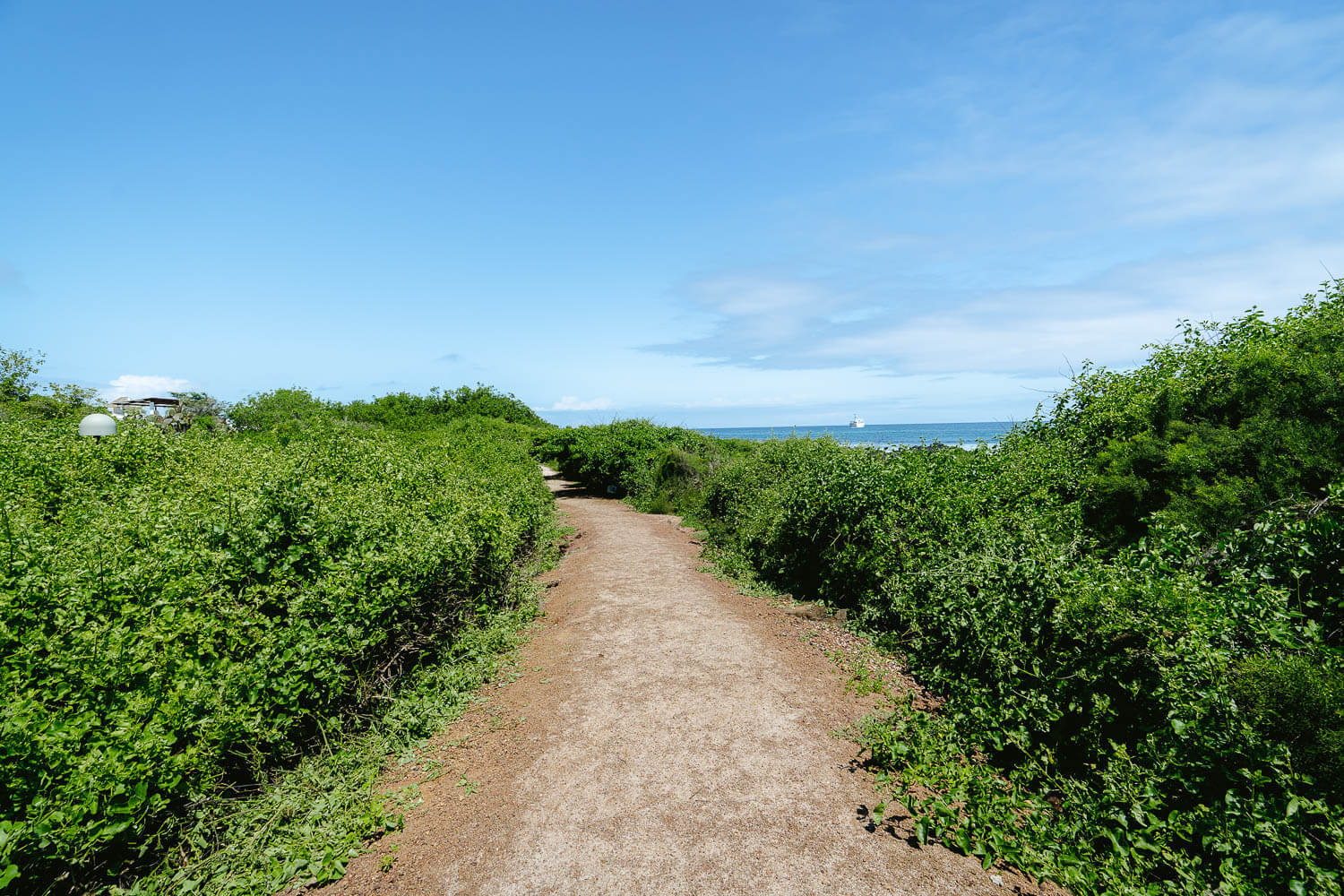
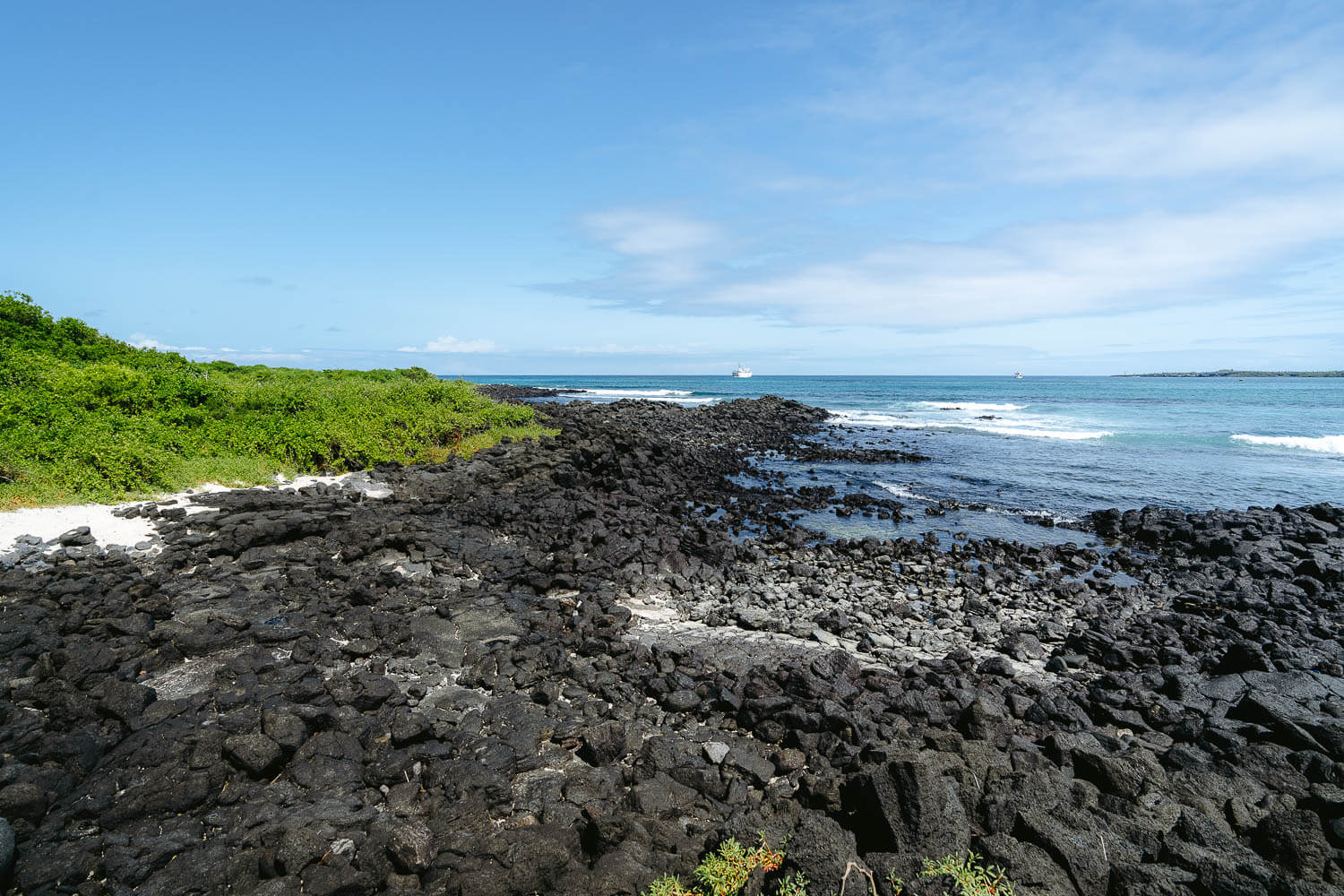
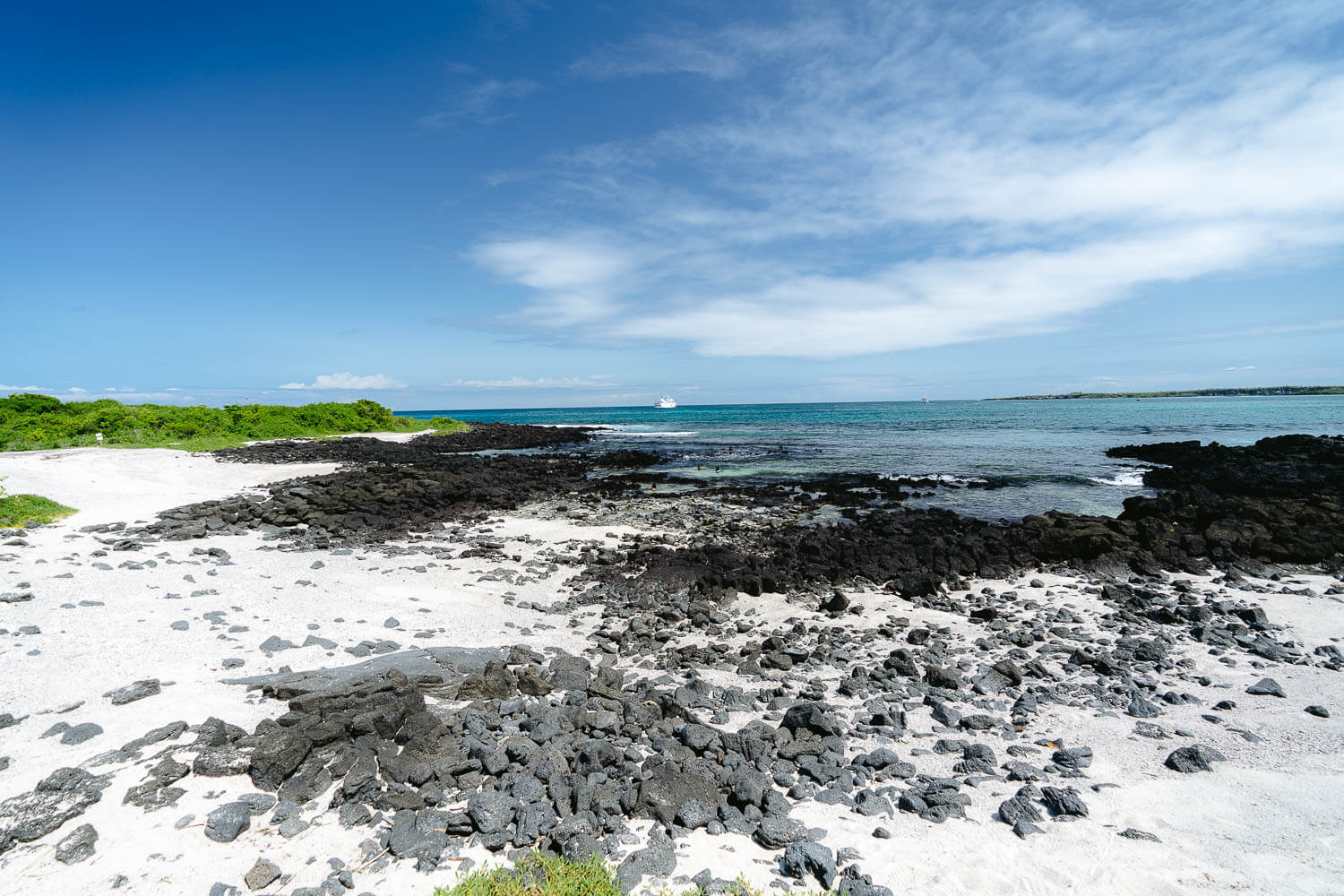
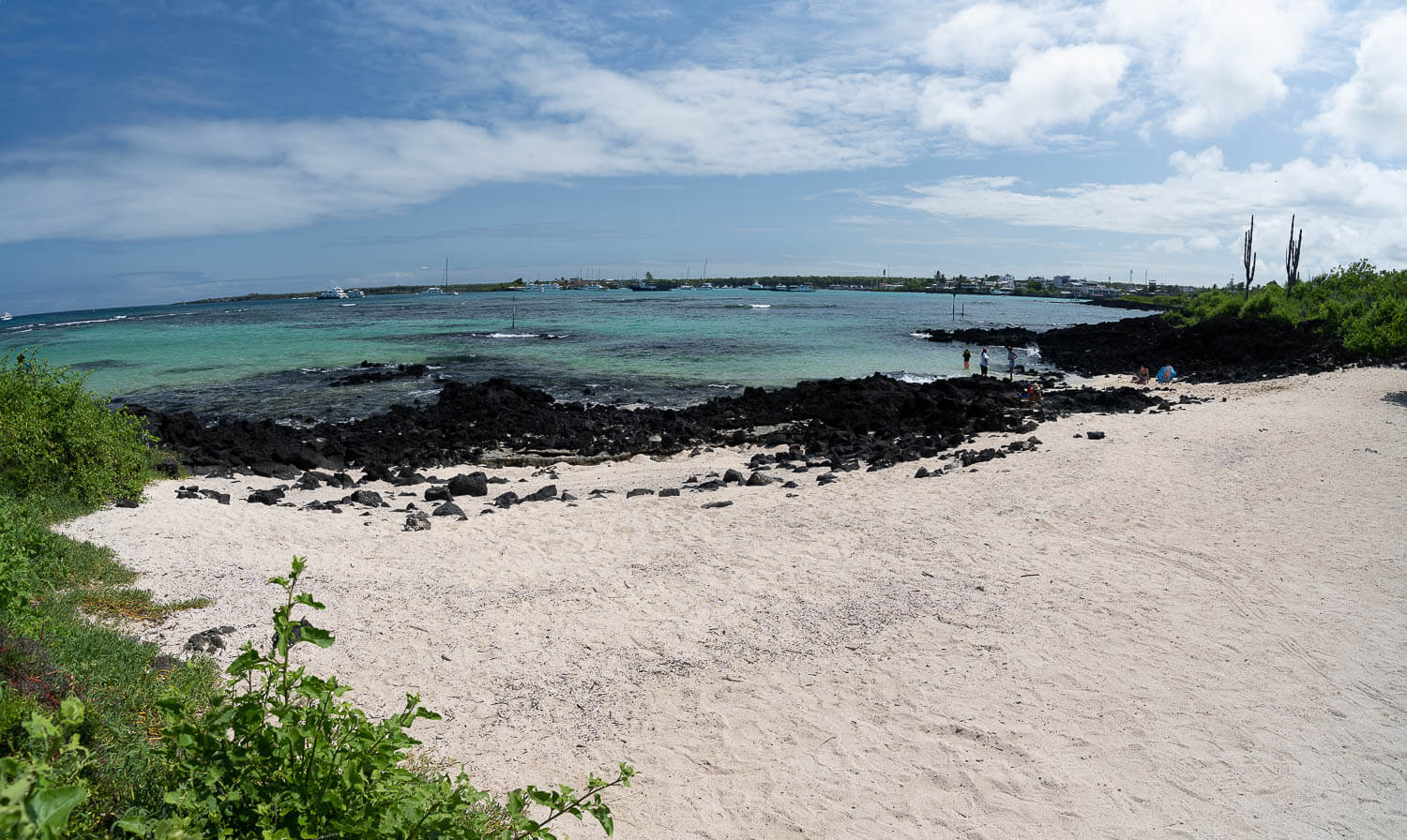
What about you, have you already been to the Charles Darwin Research Station? Leave me a comment down here if you did and after you did it, your impression.
Thanks for reading through and I hope you have fun visiting it.
I’ll drop a couple of my other favourite photos from this visit down below, enjoy!
Photo Gallery
Charles Darwin Research Station
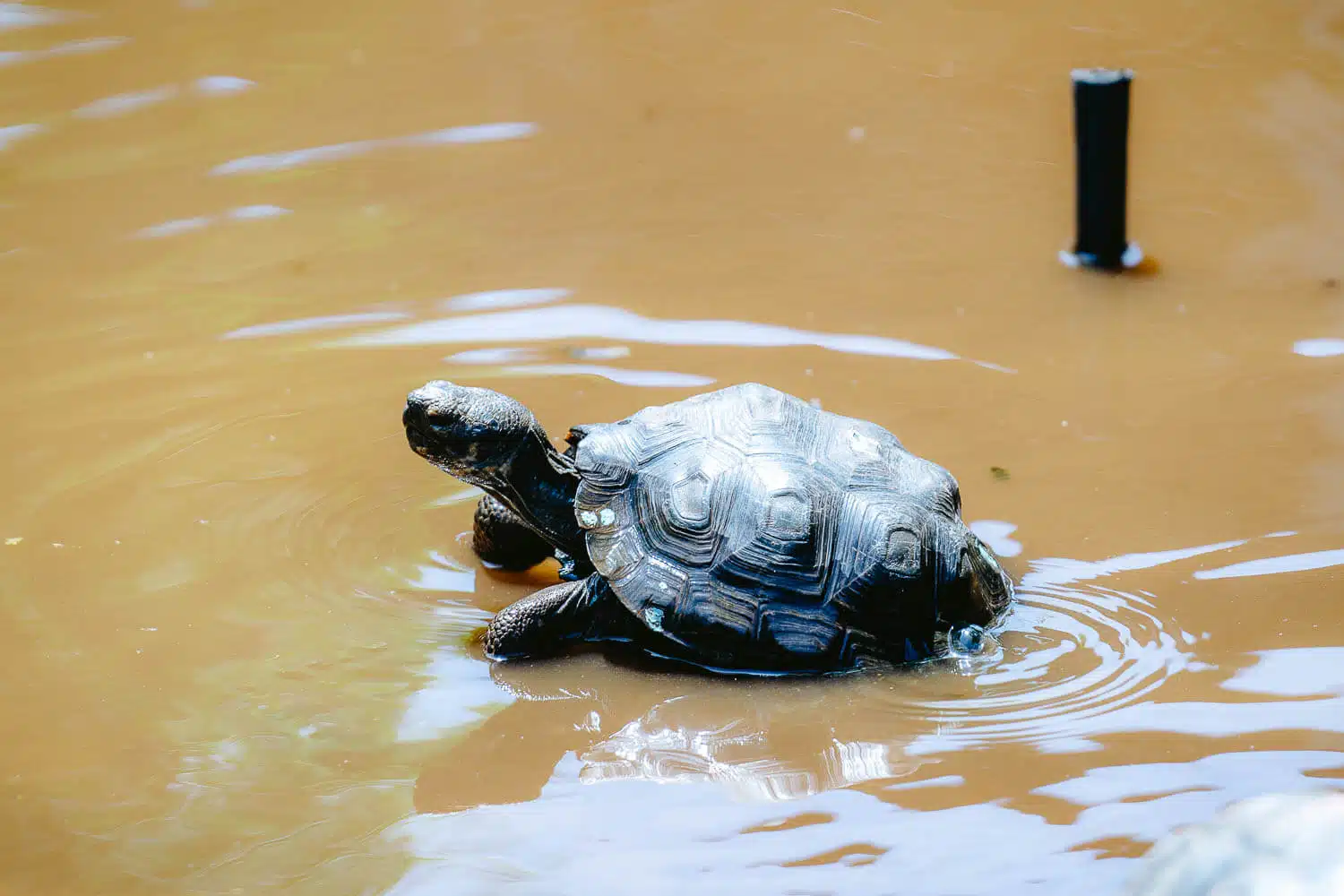
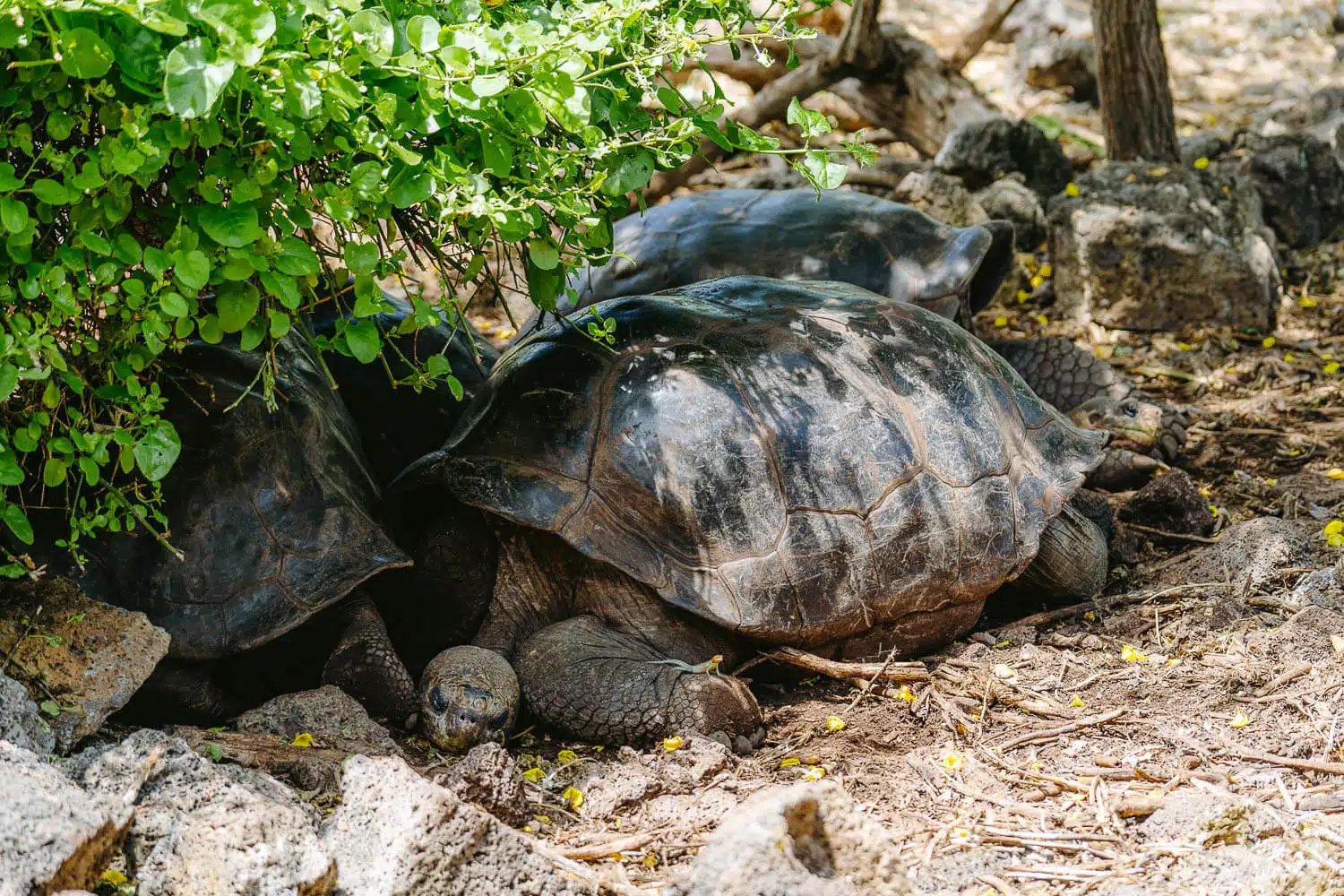
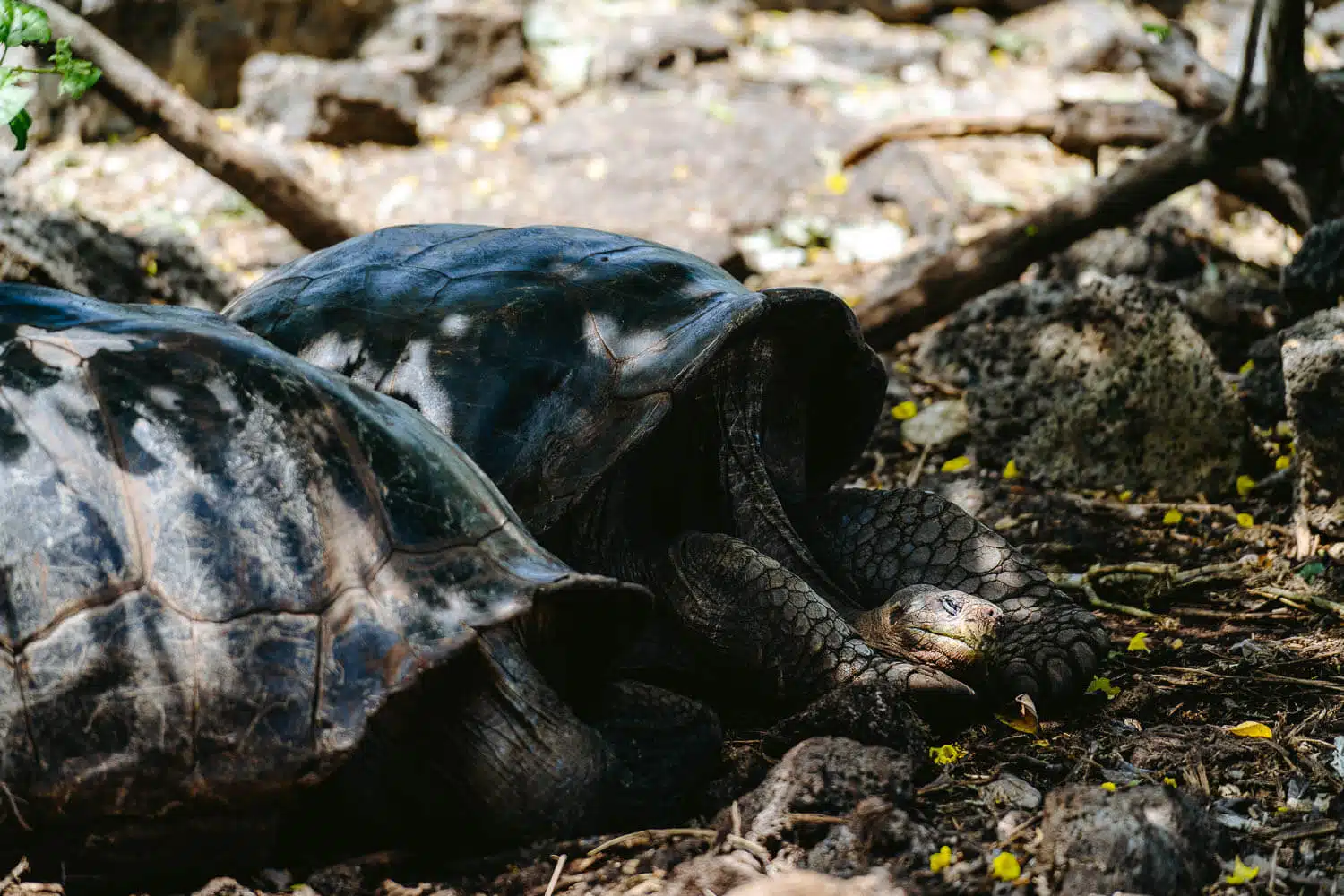
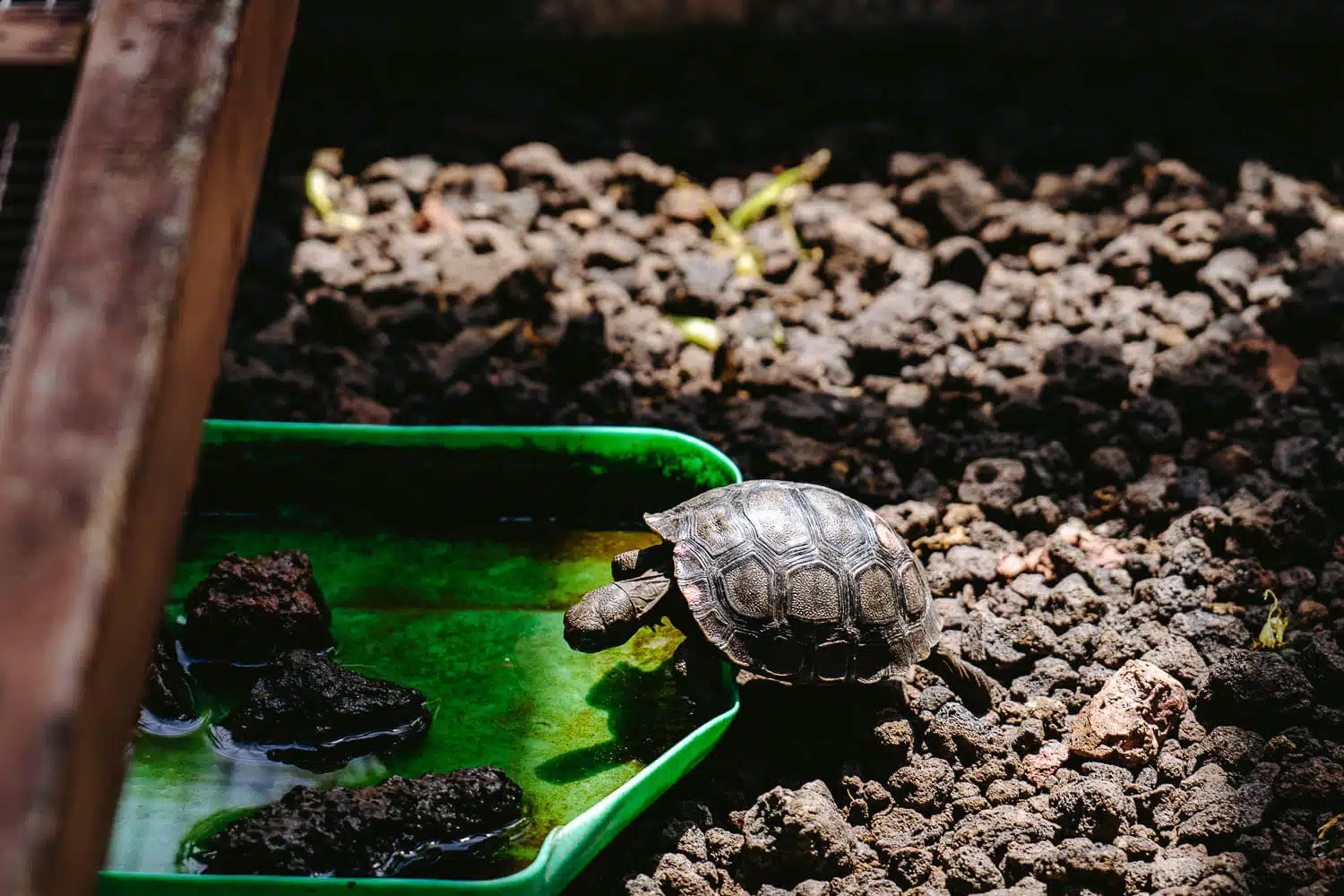
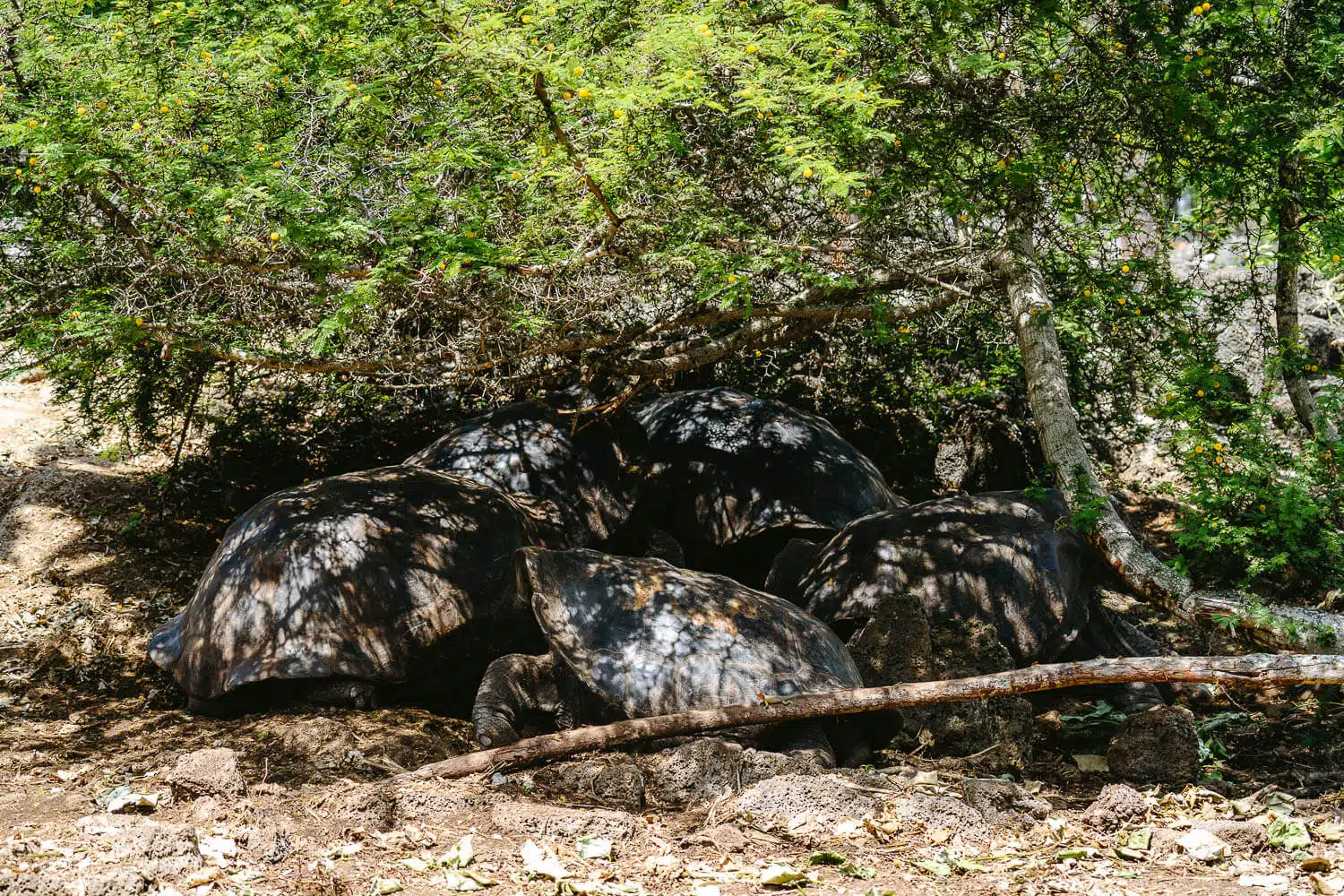
A Short Resume of Charles Darwin's Life
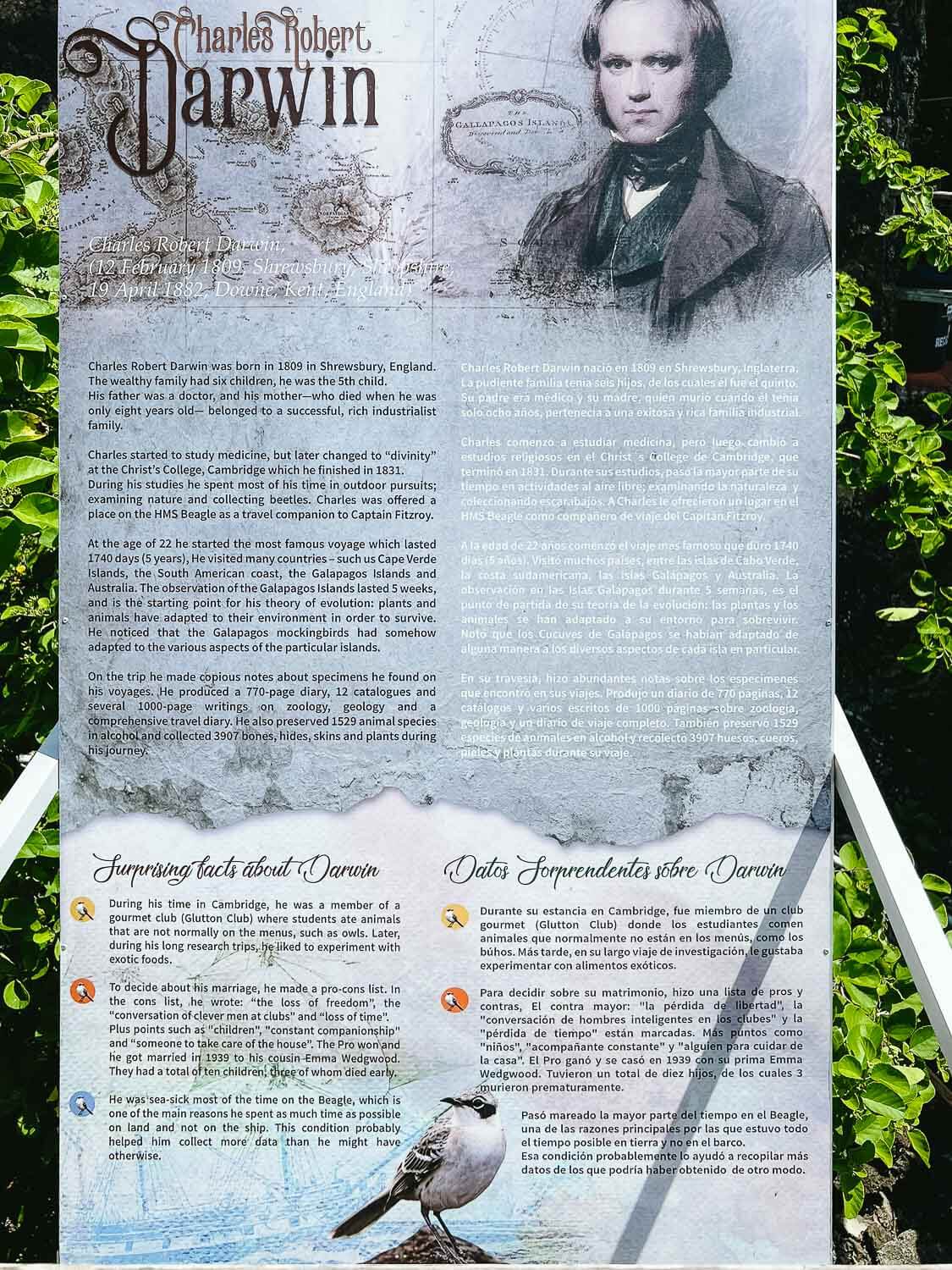
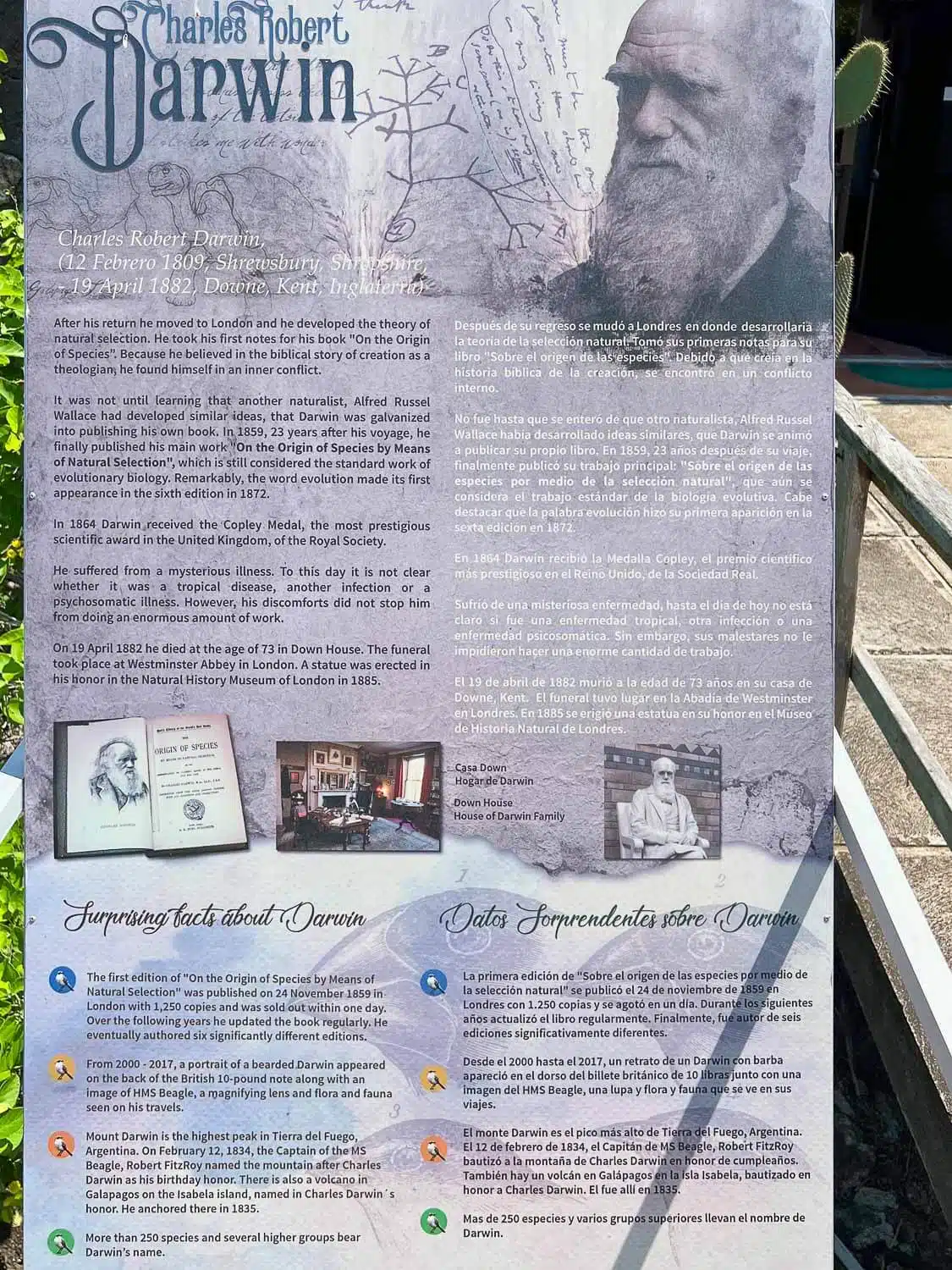
Plan your next adventure with us!
Here are the links we use and recommend to plan your trip easily and safely. You won’t pay more, and you’ll help keep the blog running!
Adventures in Sri Lanka - The Ancient Ceylon
Explore The Galapagos Islands
Hiking in Switzerland & Italy
The Hidden Worlds of Ecuador
ABOUT ME
I’m João Petersen, an explorer at heart, travel leader, and the creator of The Portuguese Traveler. Adventure tourism has always been my passion, and my goal is to turn my blog into a go-to resource for outdoor enthusiasts. Over the past few years, I’ve dedicated myself to exploring remote destinations, breathtaking landscapes, and fascinating cultures, sharing my experiences through a mix of storytelling and photography.
SUBSCRIBE
Don’t Miss Out! Be the first to know when I share new adventures—sign up for The Portuguese Traveler newsletter!
MEMBER OF
RECENT POSTS
COMMUNITY
GUIDES
Need help planning? Get our interactive Ecuador and Galapagos guides with curated itineraries. Learn more…
RELATED POSTS
TRAVEL INSURANCE
Lost luggage, missed flights, or medical emergencies – can you afford the risk? For peace of mind, I always trust Heymondo Travel Insurance.
Get 5% off your insurance with my link!



